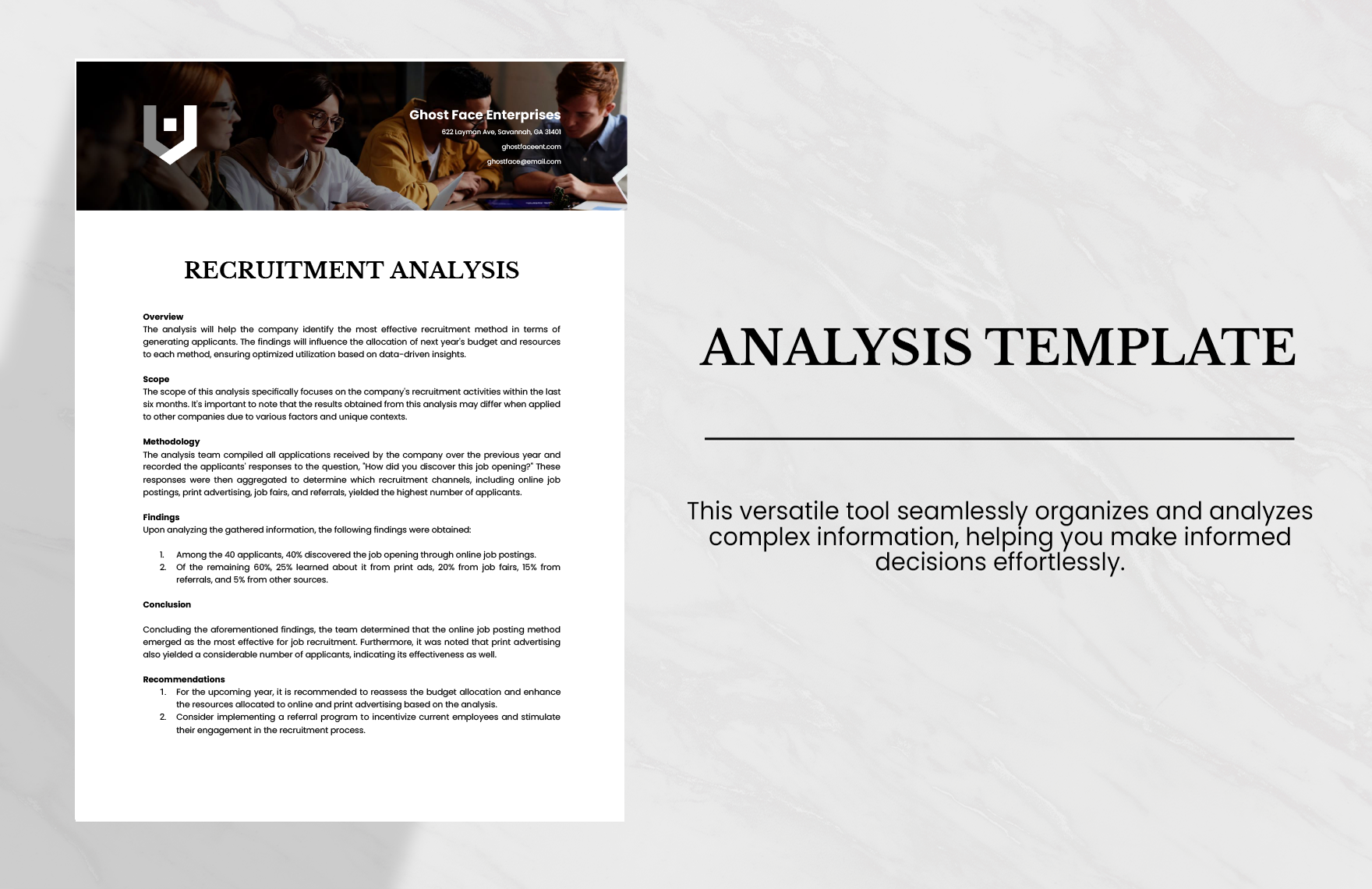
Build a Free Personal SWOT and Root Cause Analysis Report to Start Managing Your Life and Career through Template.Net’s Blank Sample Templates. As Such, You Can Also Make a Sample Competitive Gap Analysis for Your Business Brand with Diverse Format Editable through Microsoft Word, Google Docs, and Microsoft Excel.
Get Access to All Microsoft Word Templates Instant Download
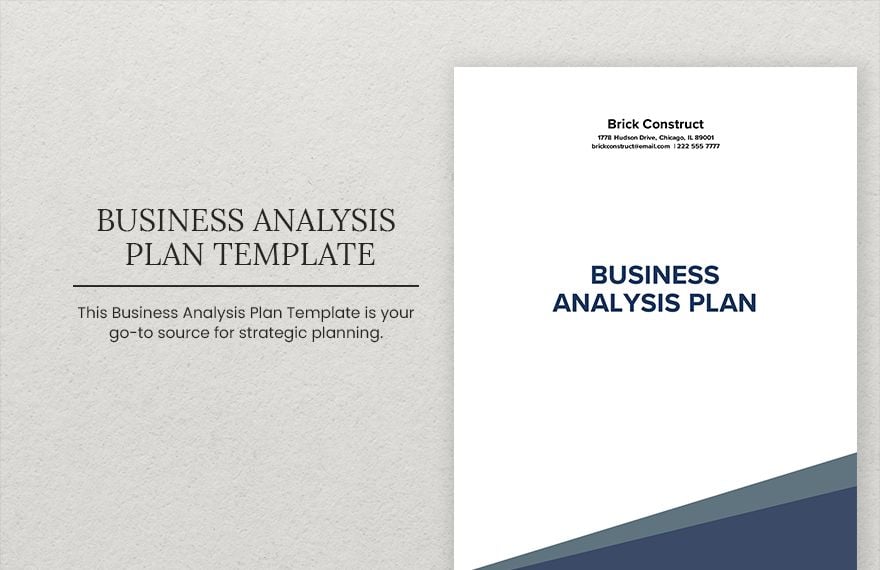
Business Analysis Plan Template
Quantitative Risk Analysis Template
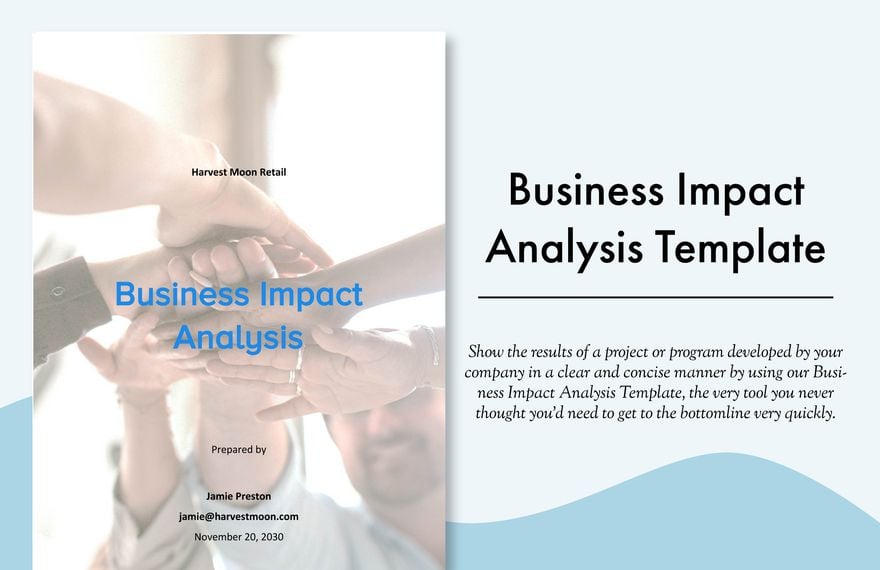
Business Impact Analysis Template
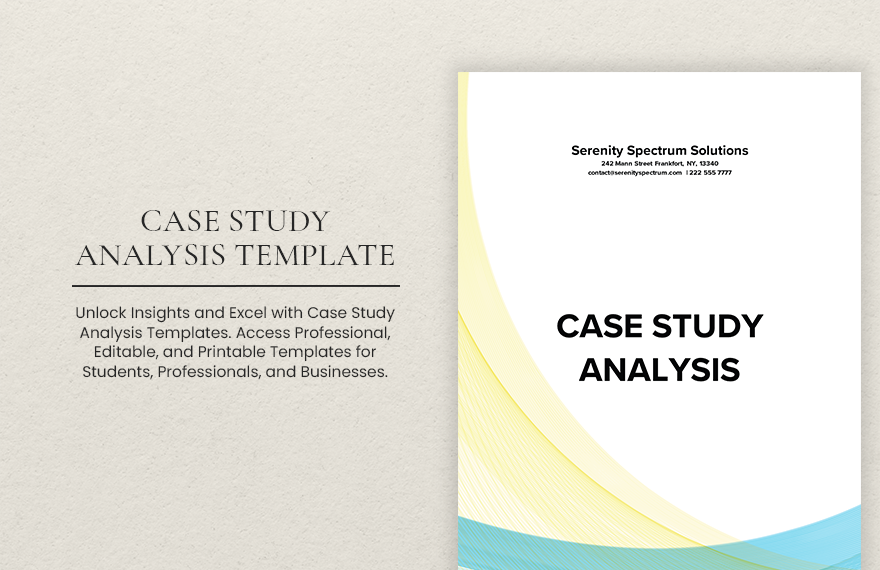
Case Study Analysis Template

Event Cost Analysis Template

Situation Analysis Template
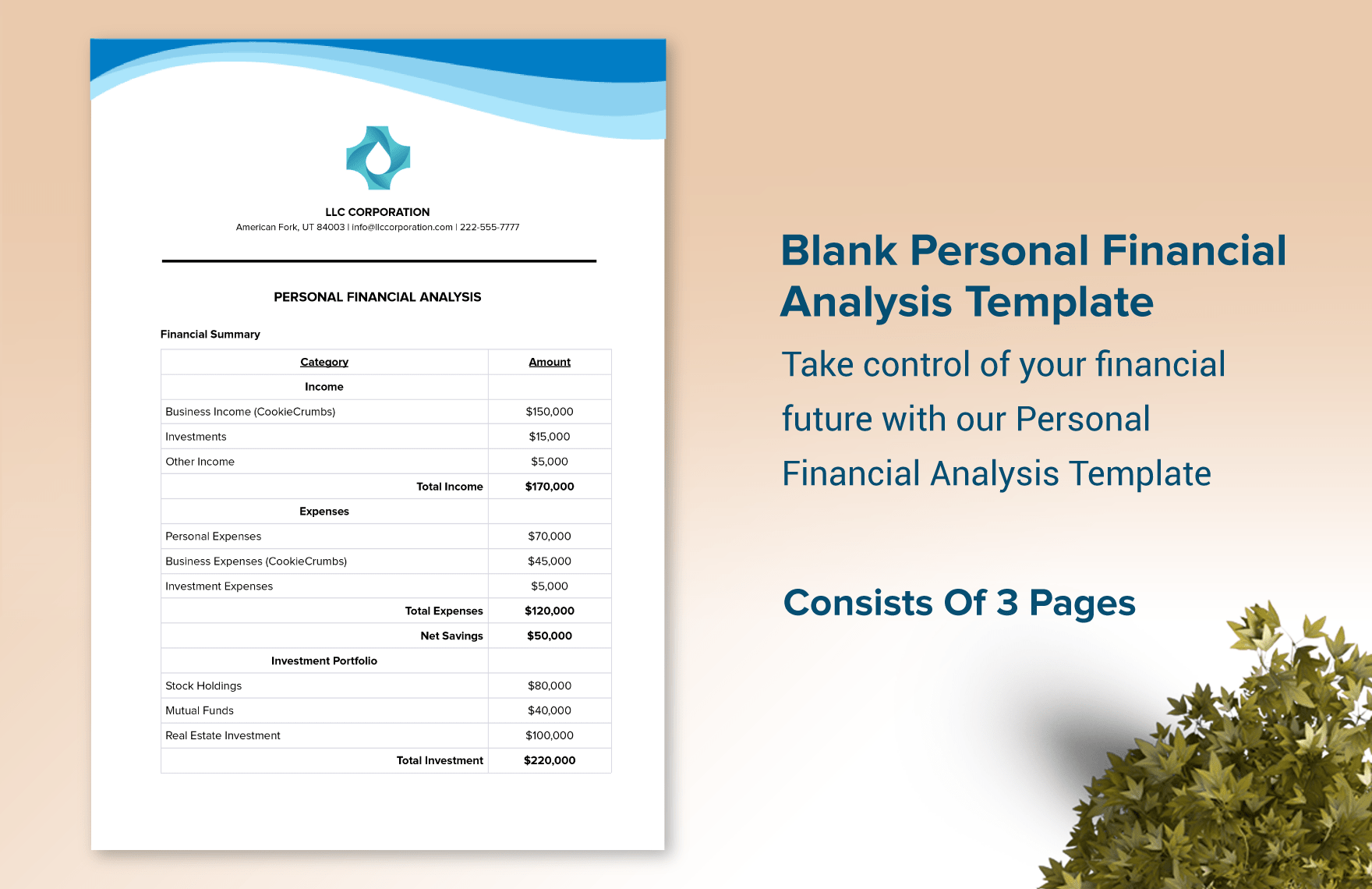
Blank Personal Financial Analysis Template

SWOT Analysis Example Template
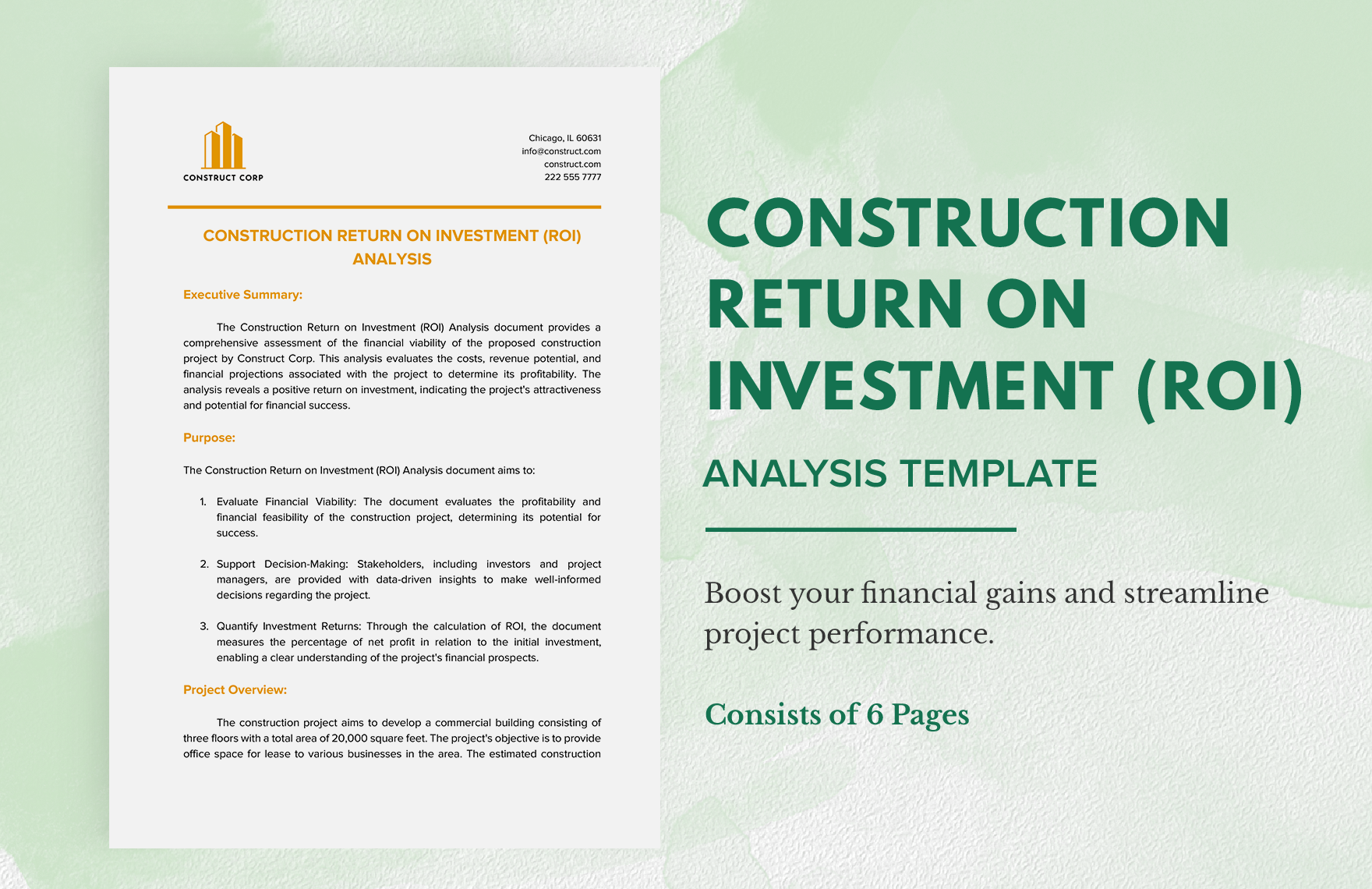
Construction Return on Investment (ROI) Analysis Template
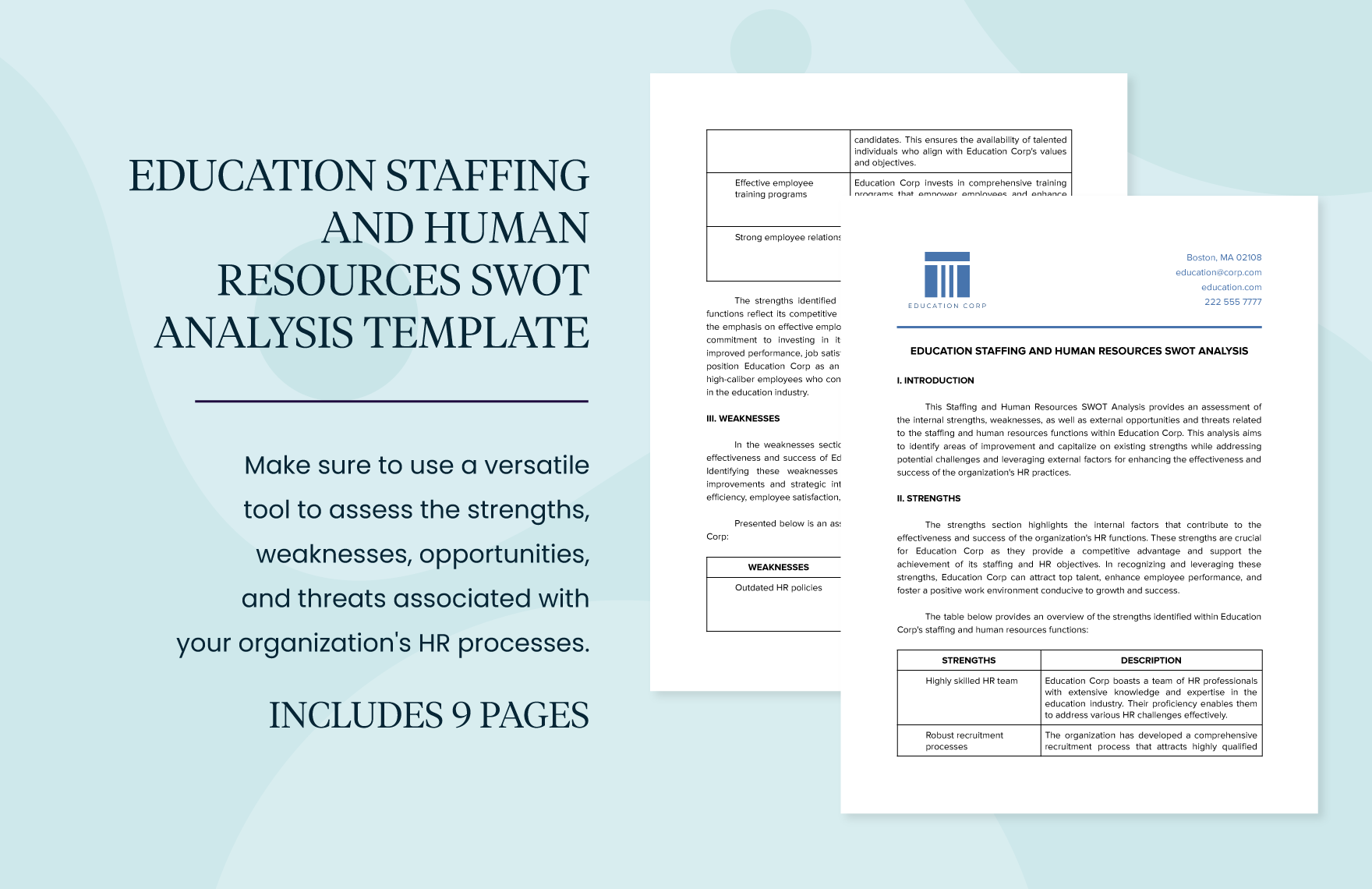
Education Staffing and Human Resources SWOT Analysis Template
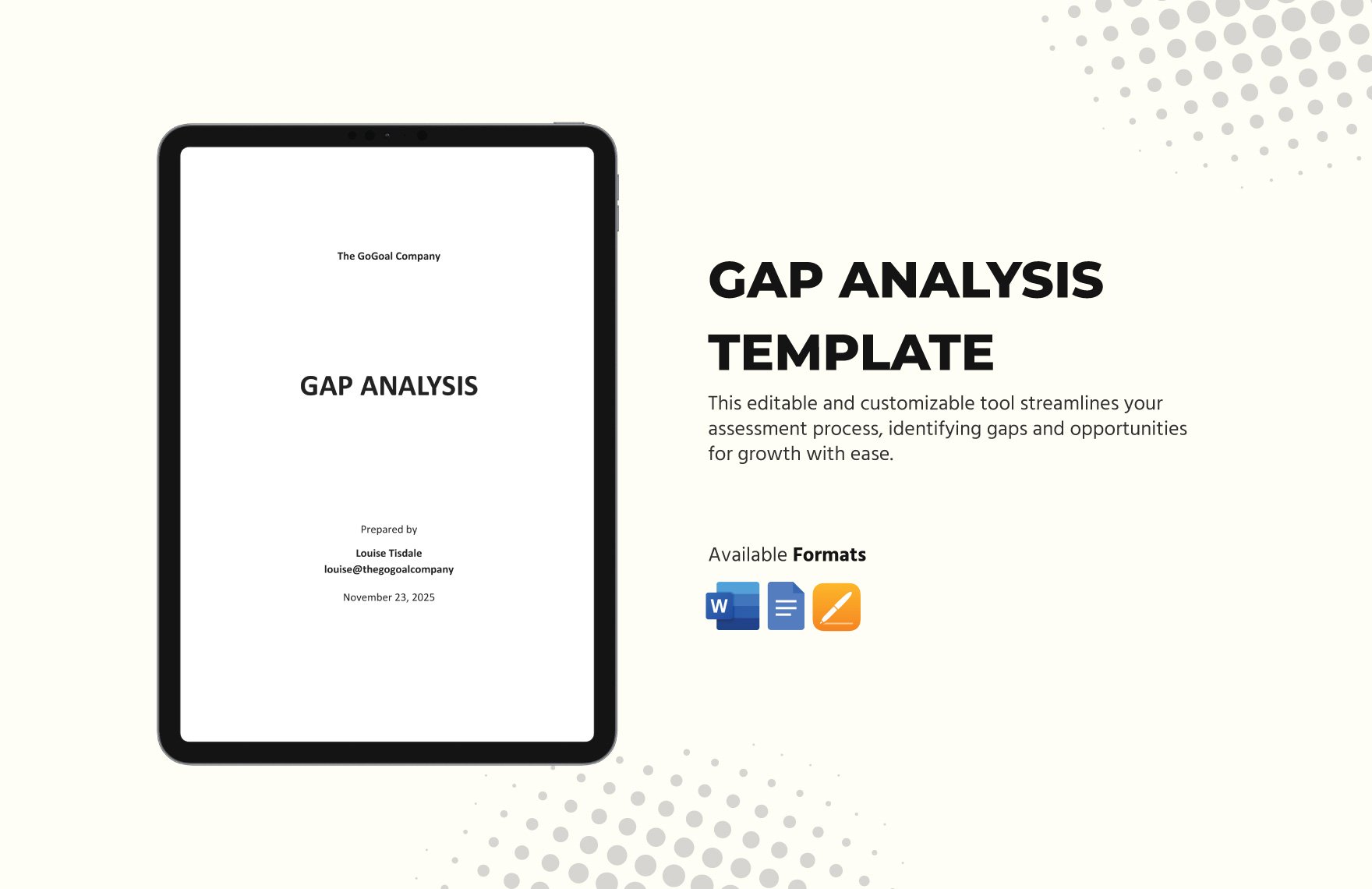
Gap Analysis Template

Business Change Impact Analysis Template

Business Analysis Template

Blank IT SWOT Analysis Template
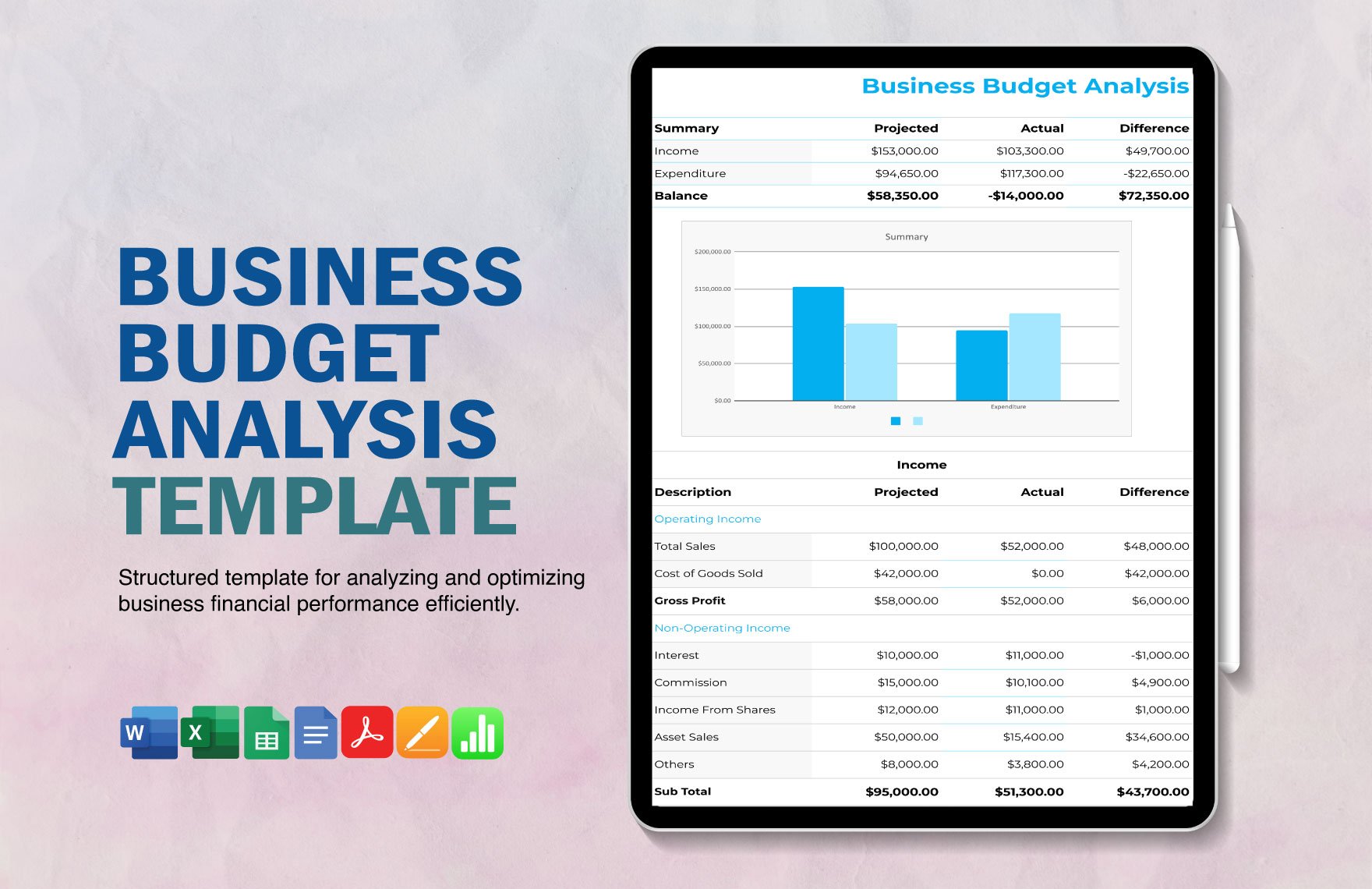
Business Budget Analysis Template

Layout of Lab Report with Analysis Template
 Detailed Job Hazard Analysis Template" width="" height="" />
Detailed Job Hazard Analysis Template" width="" height="" />
Detailed Job Hazard Analysis Template
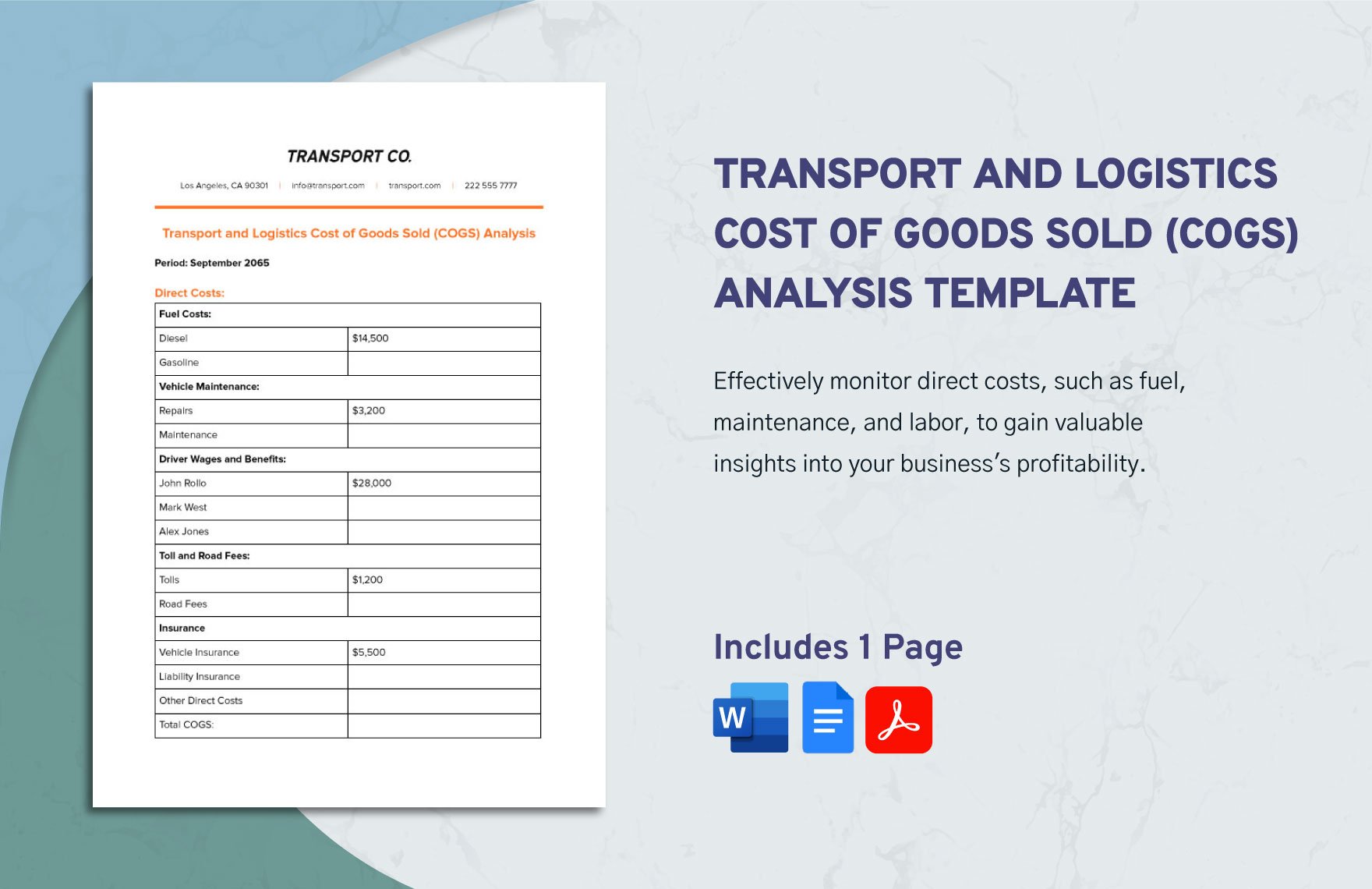
Transport and Logistics Cost of Goods Sold (COGS) Analysis Template
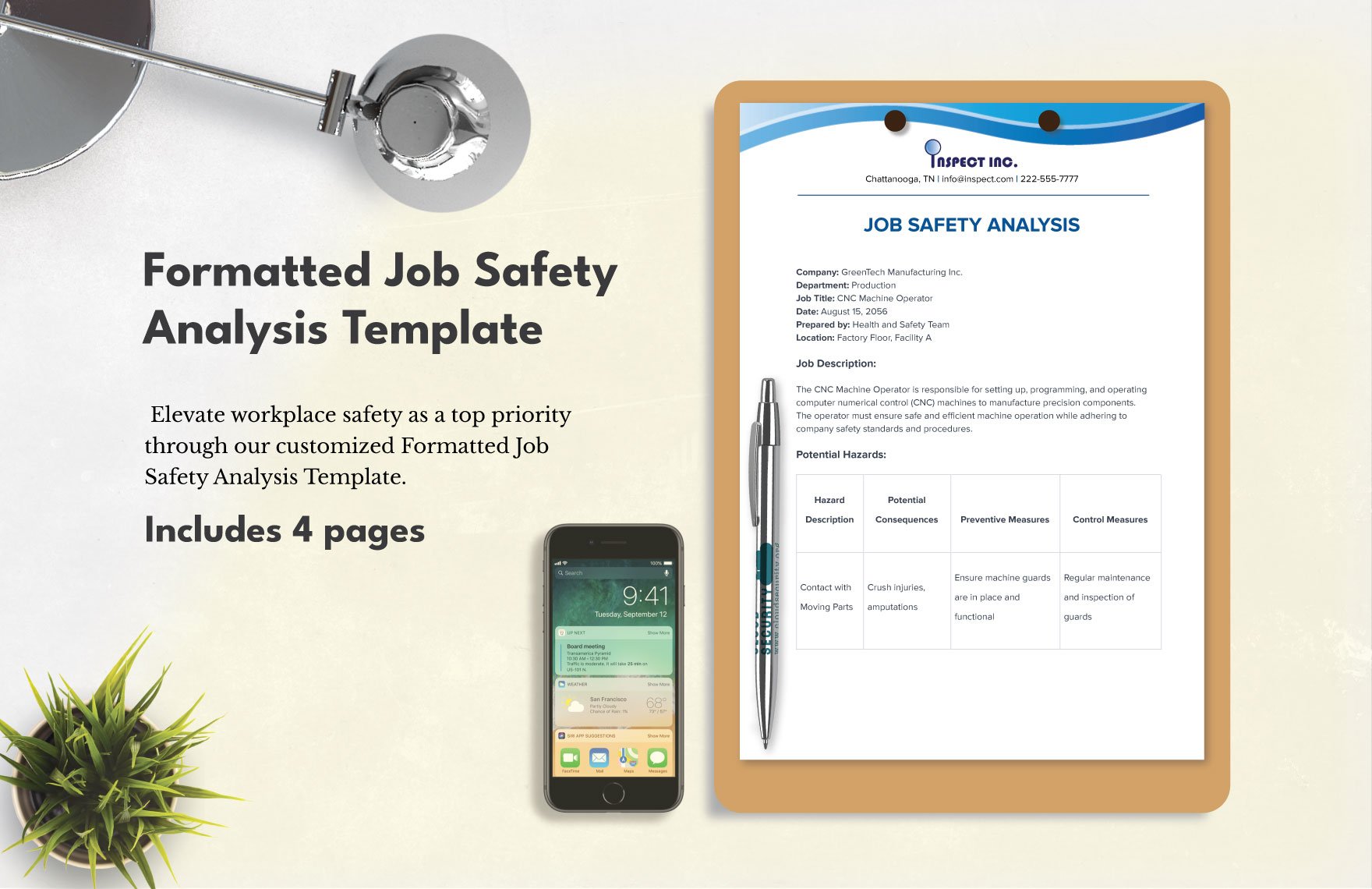
Formatted Job Safety Analysis Template
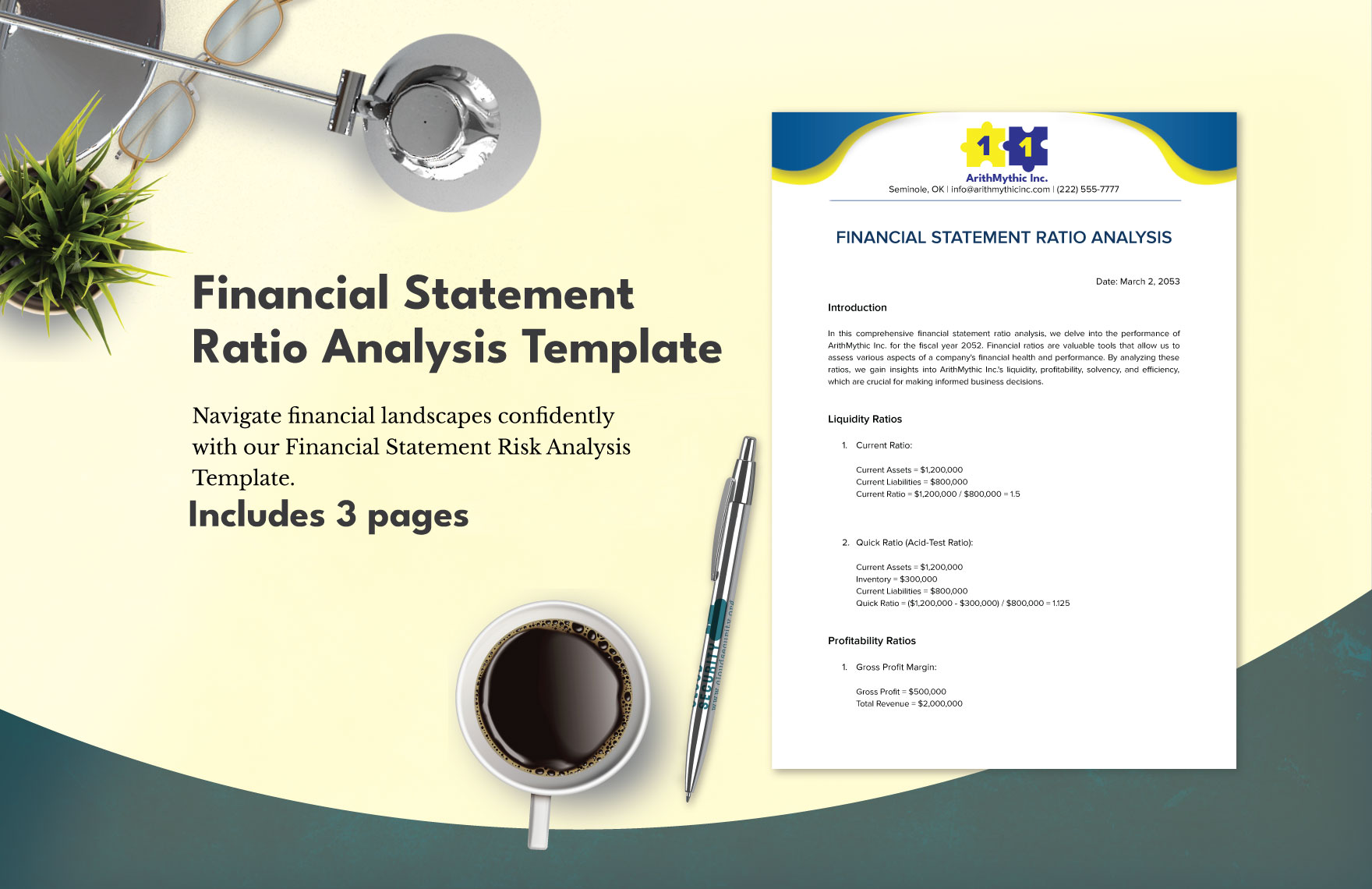
Financial Statement Ratio Analysis Template

Financial Analysis Template
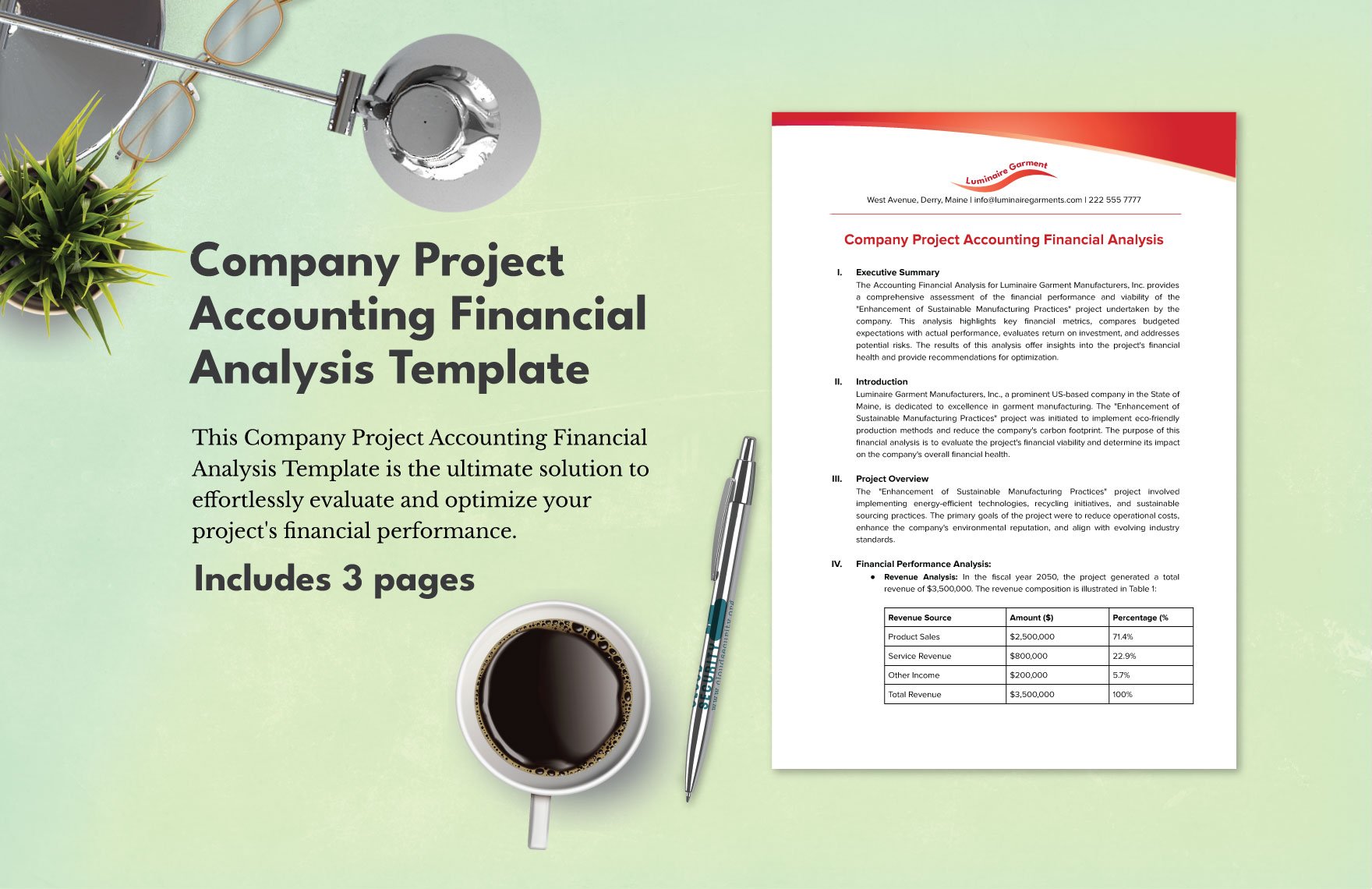
Company Project Accounting Financial Analysis Template

Advanced Financial Risk Analysis Template
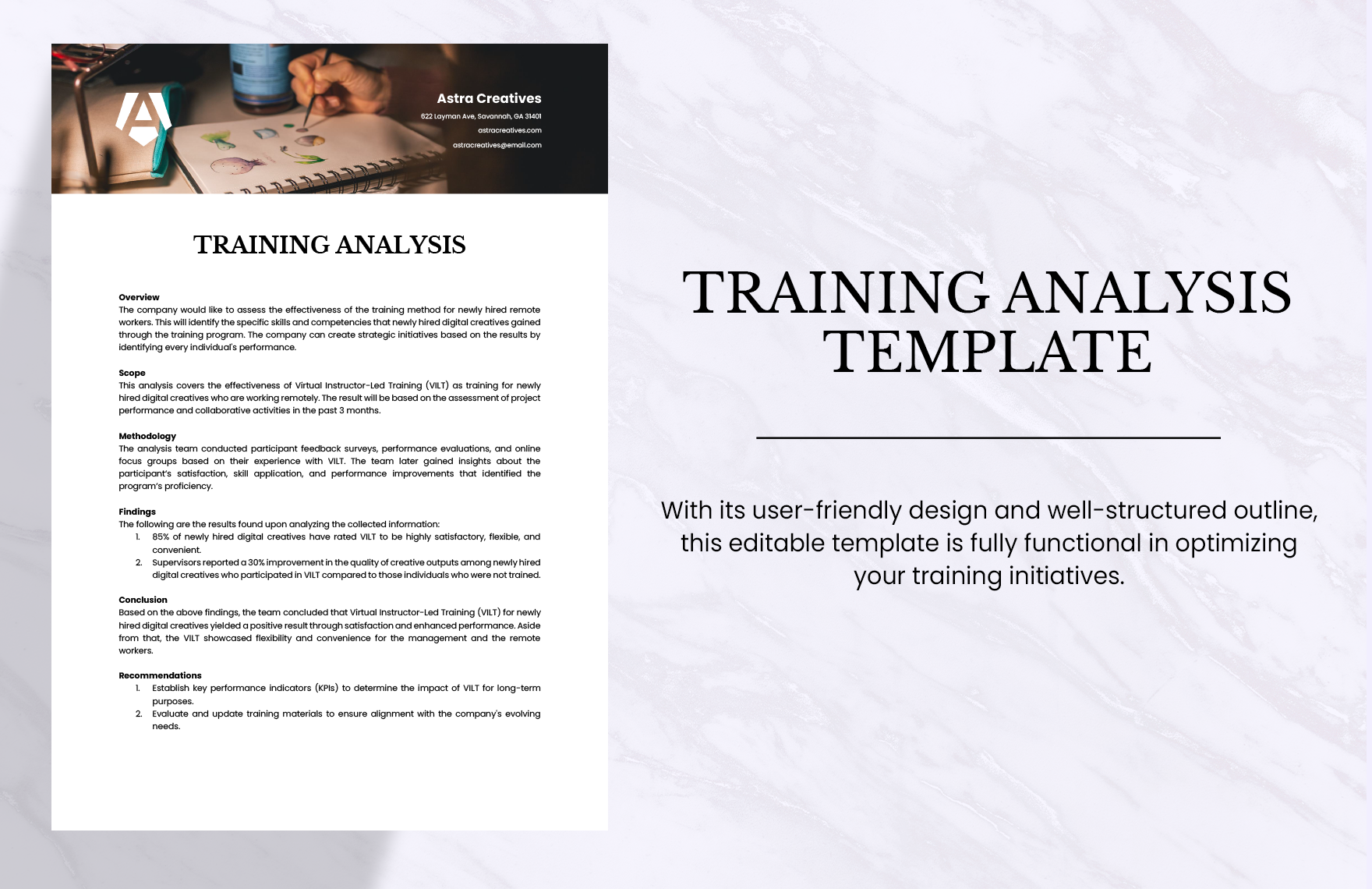
Training Analysis Template
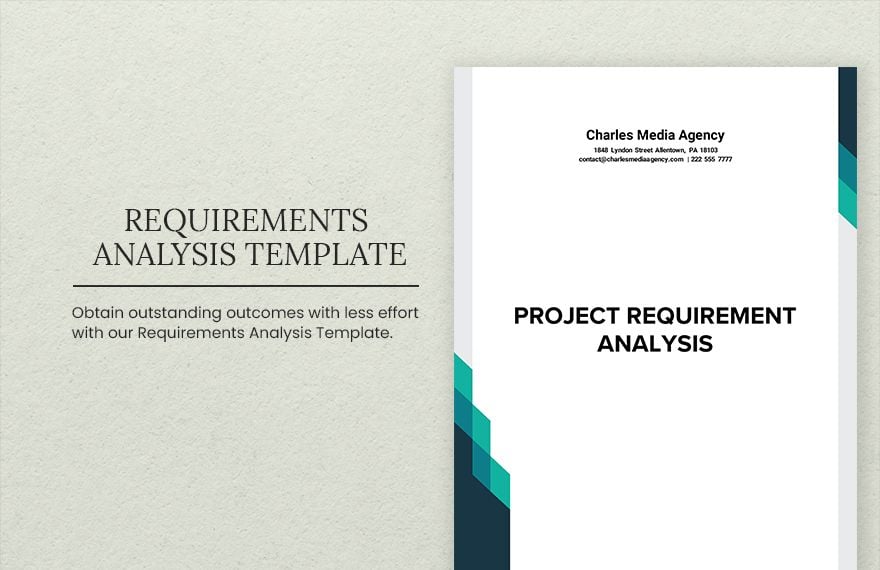
Requirements Analysis Template
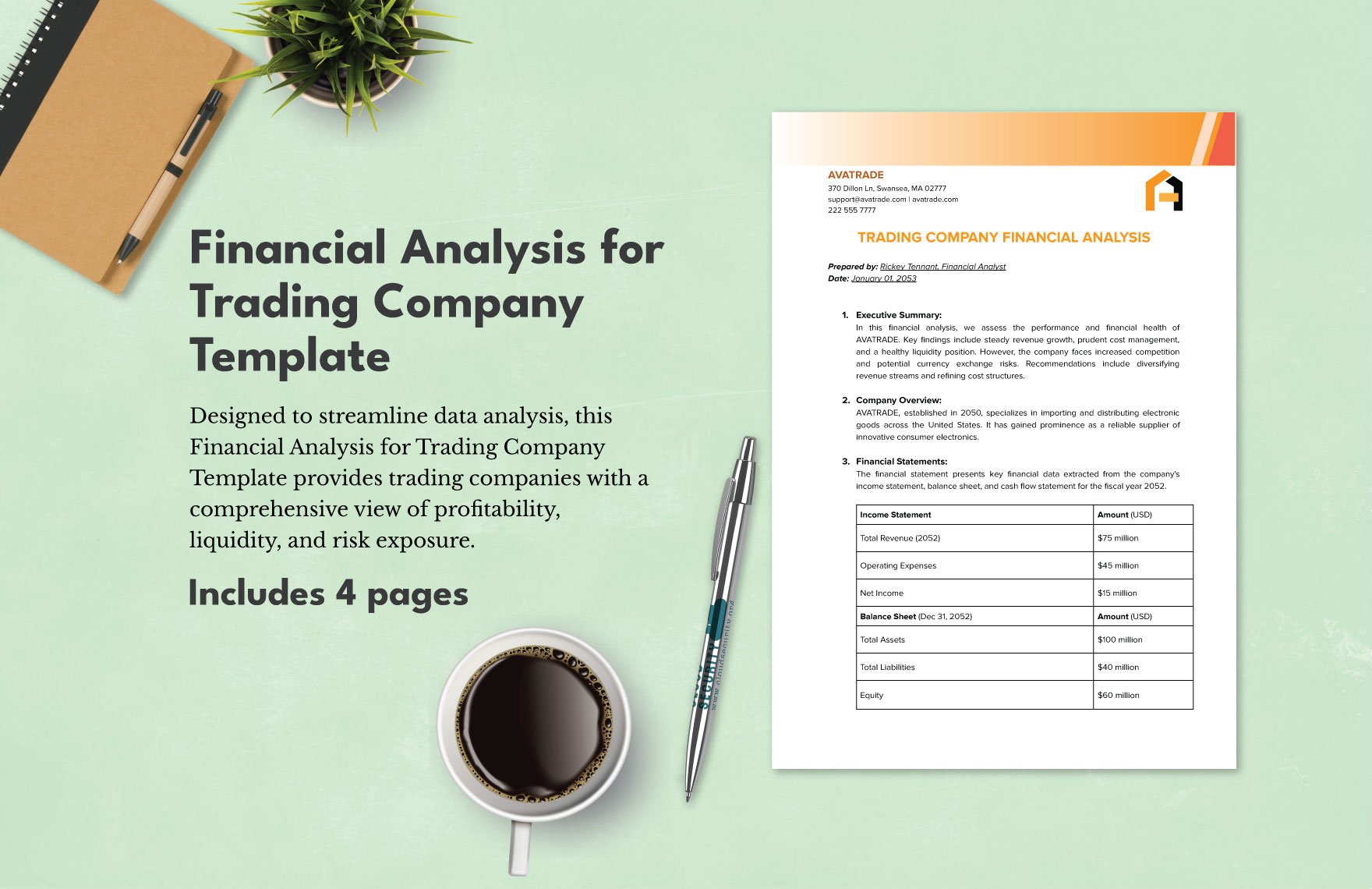
Financial Analysis for Trading Company Template
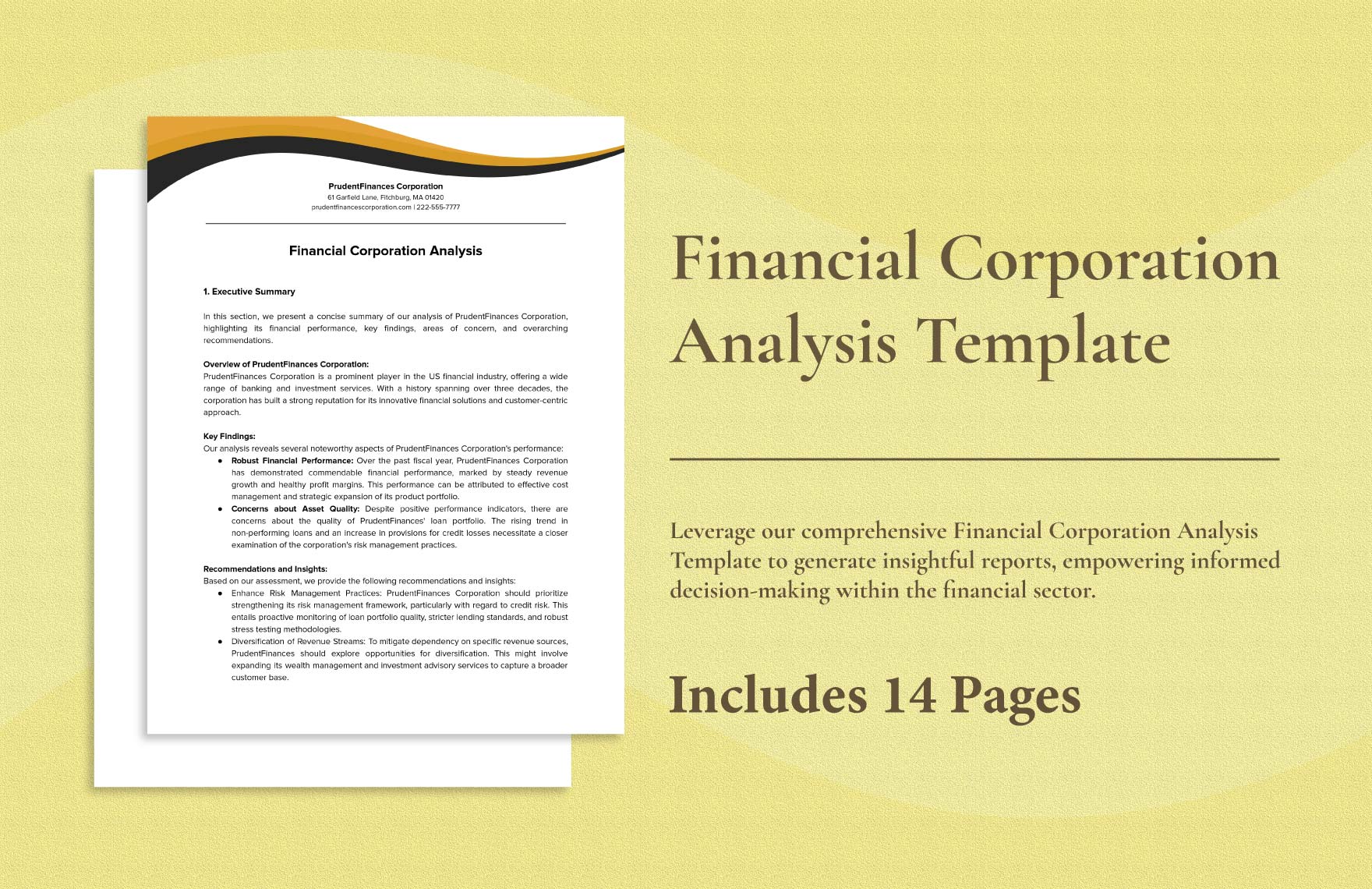
Financial Corporation Analysis Template
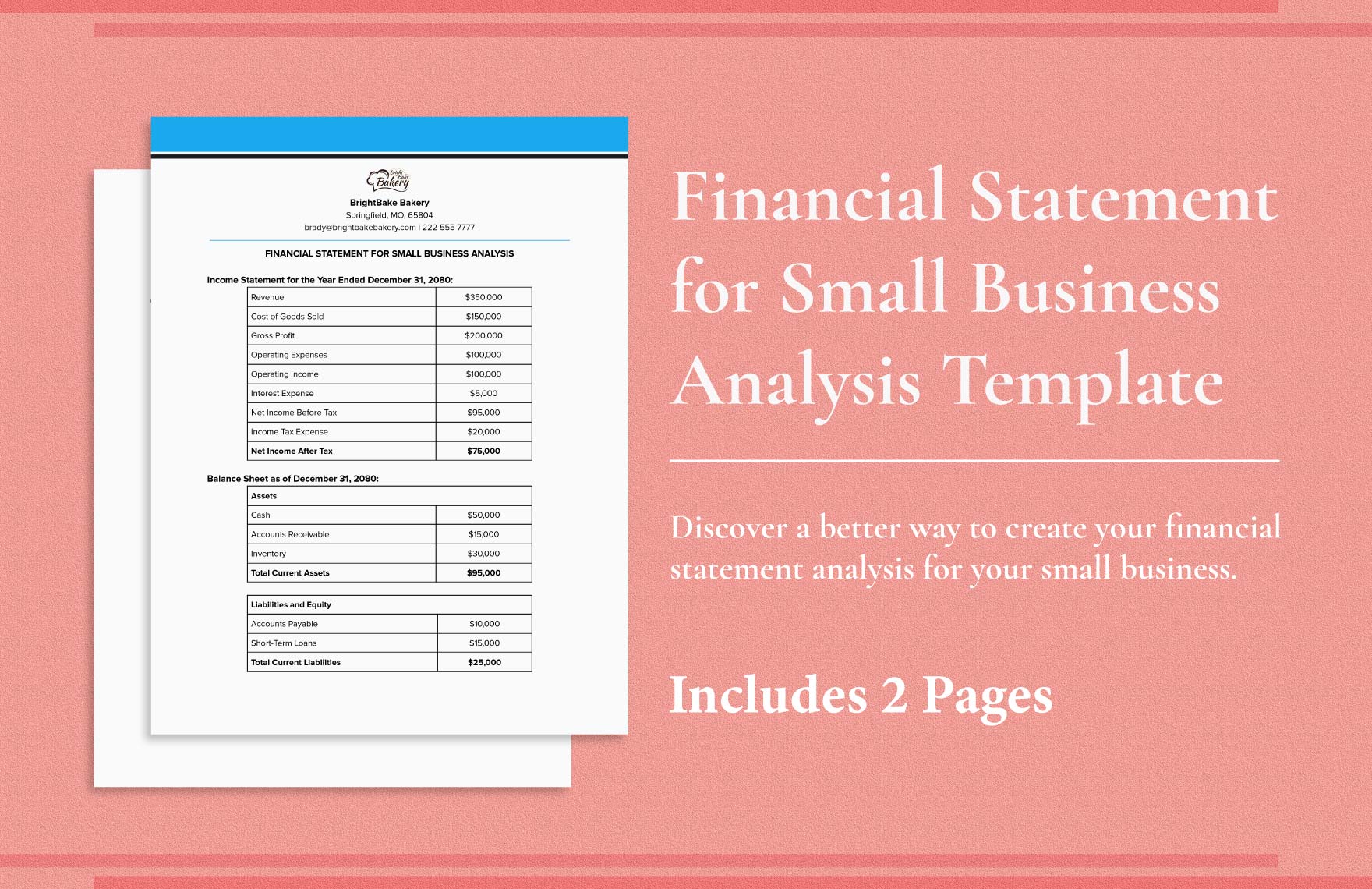
Financial Statement for Small Business Analysis Template
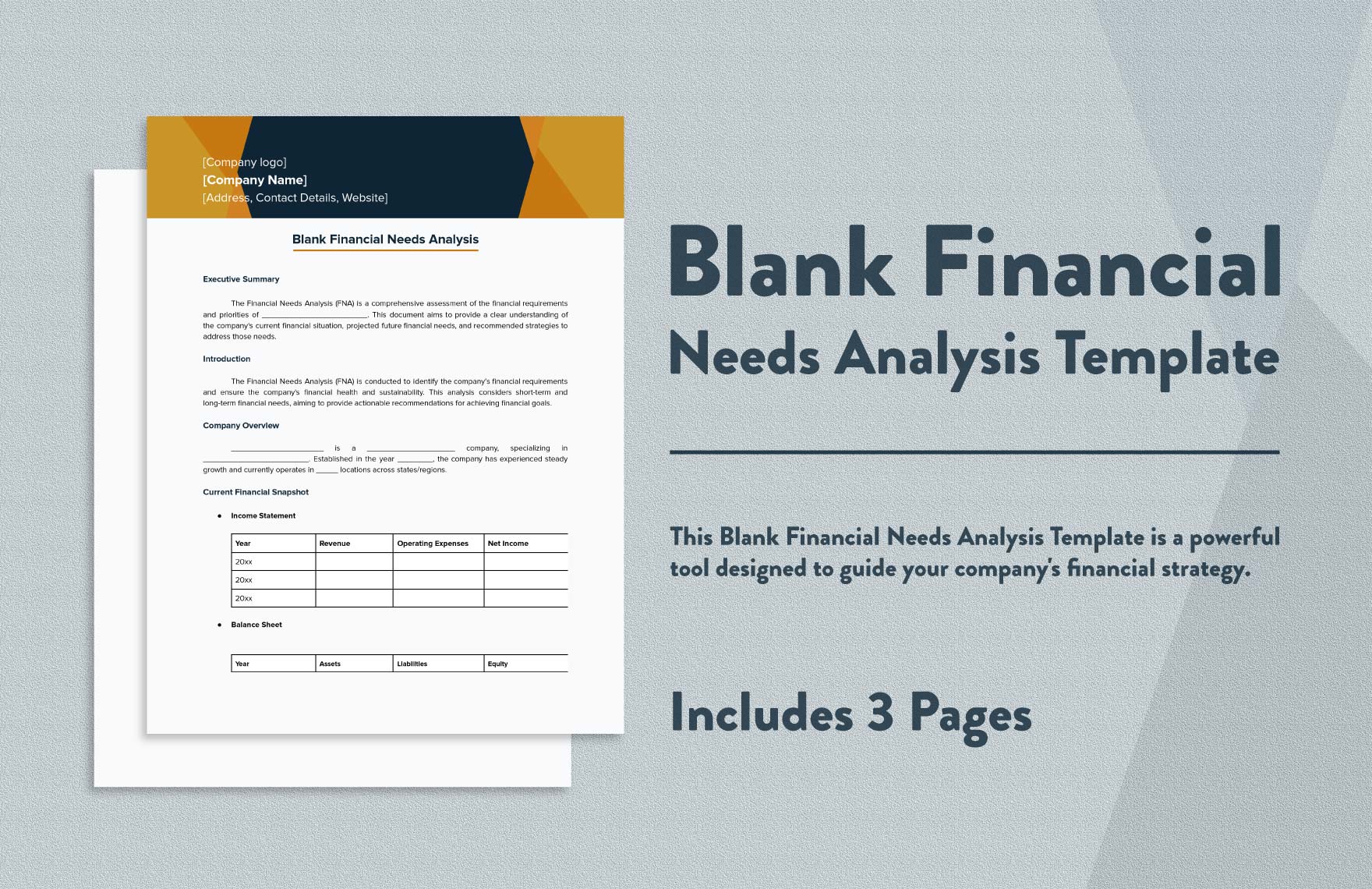
Blank Financial Needs Analysis Template
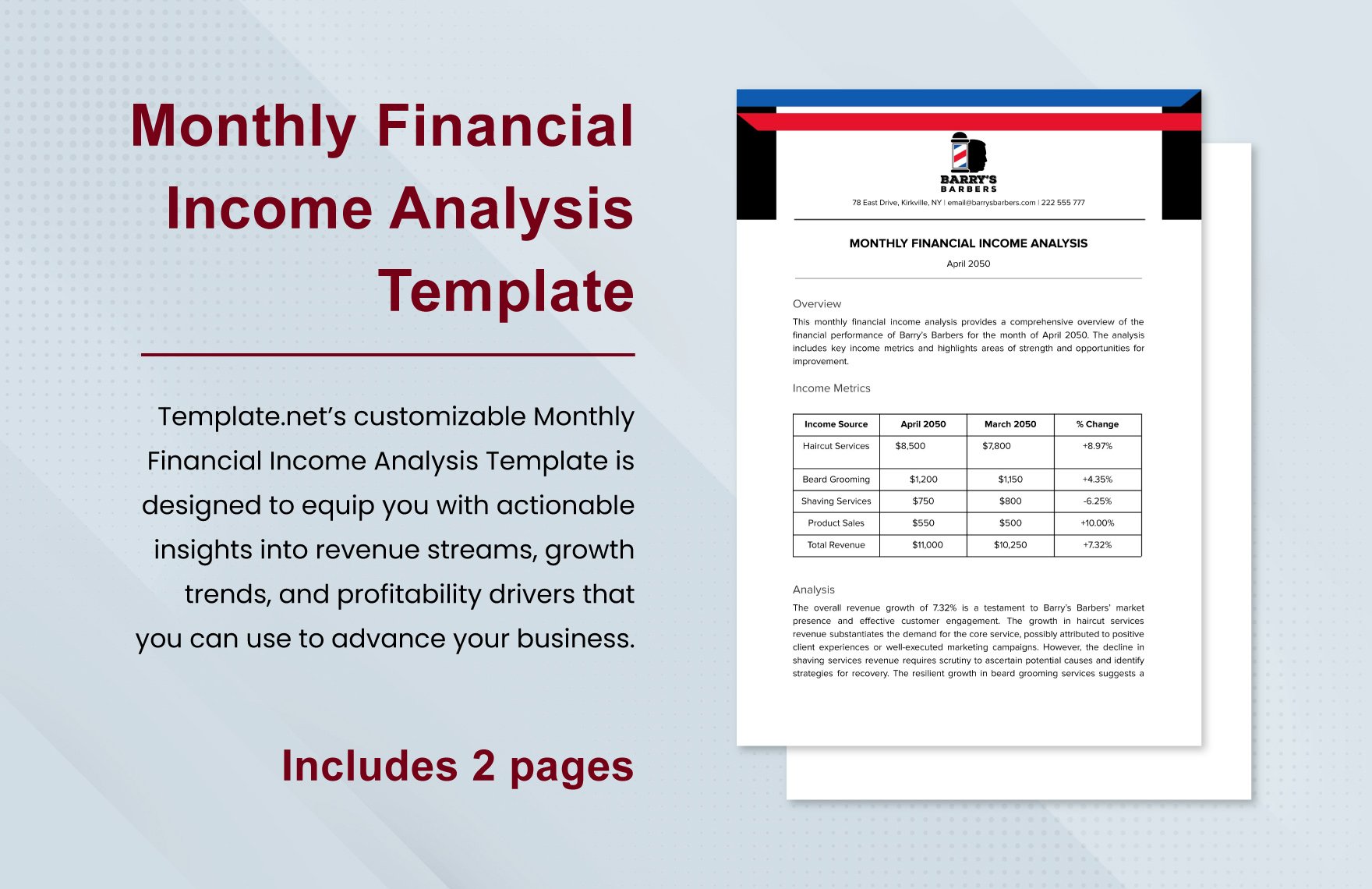
Monthly Financial Income Analysis Template
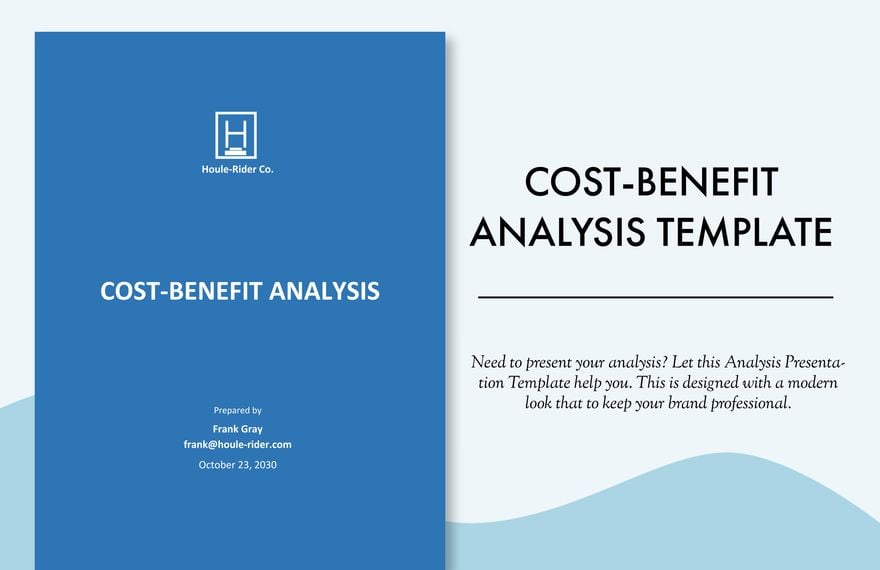
Cost Benefit Analysis Template
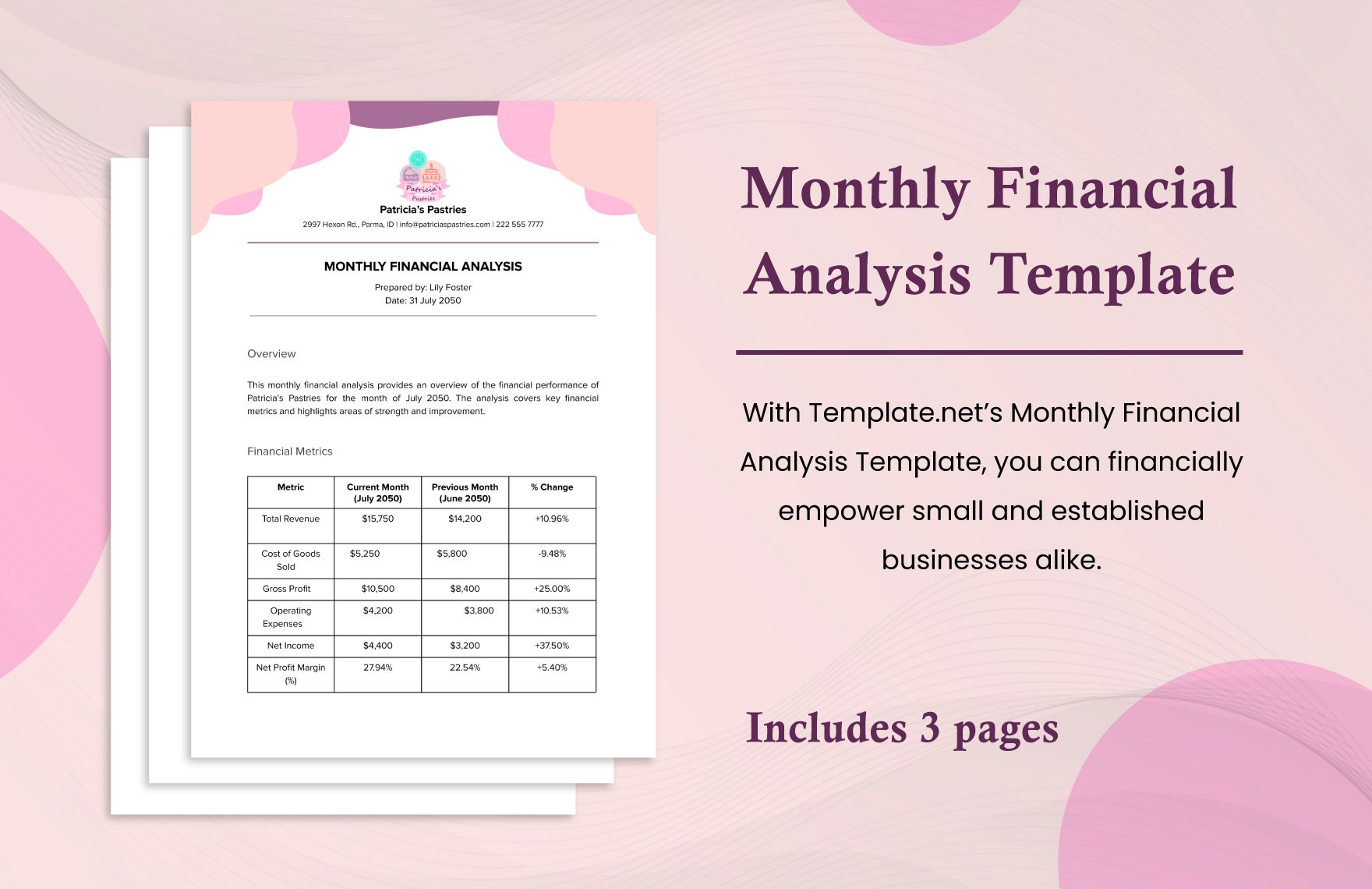
Monthly Financial Analysis Template
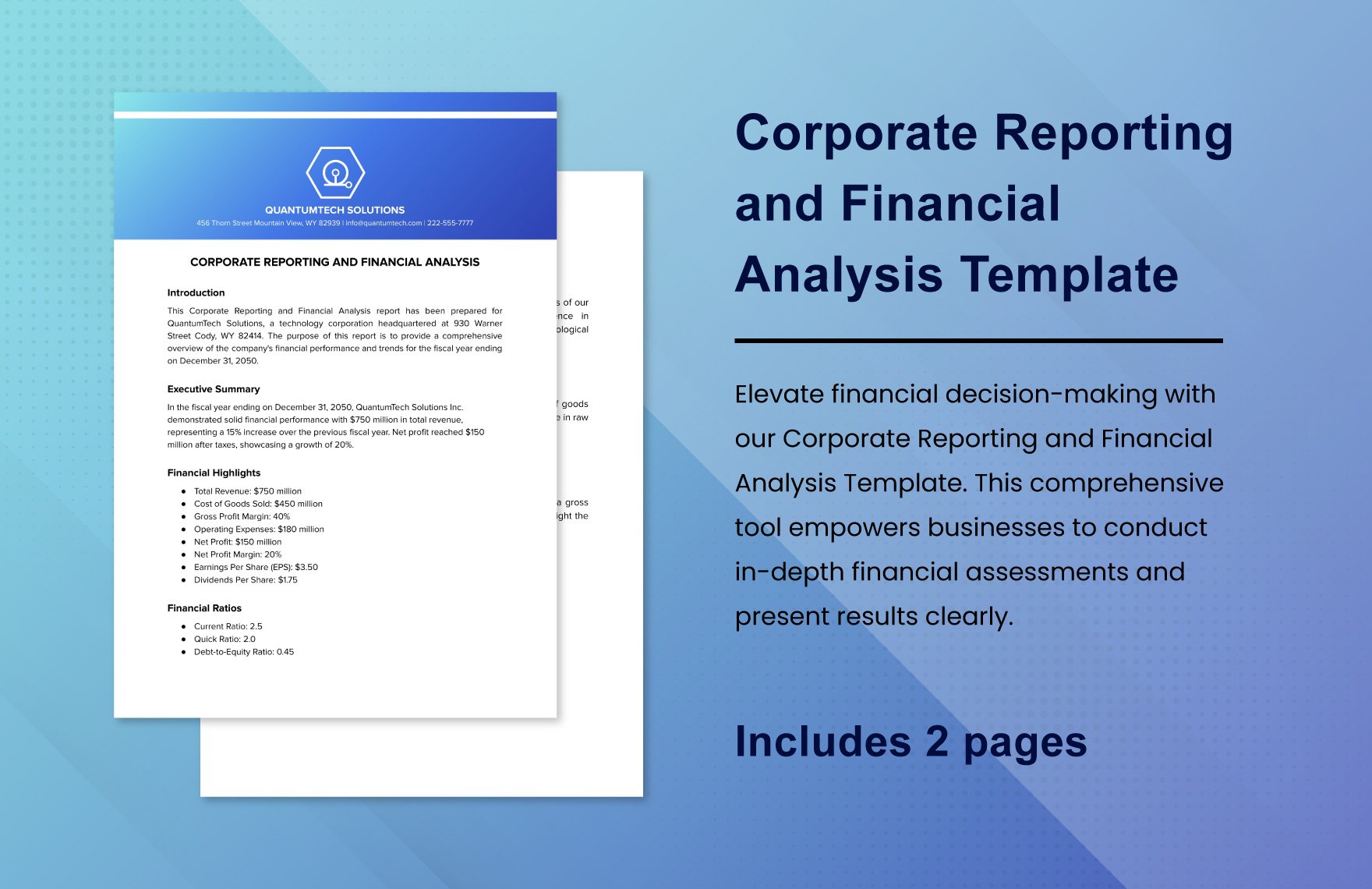
Corporate Reporting and Financial Analysis Template
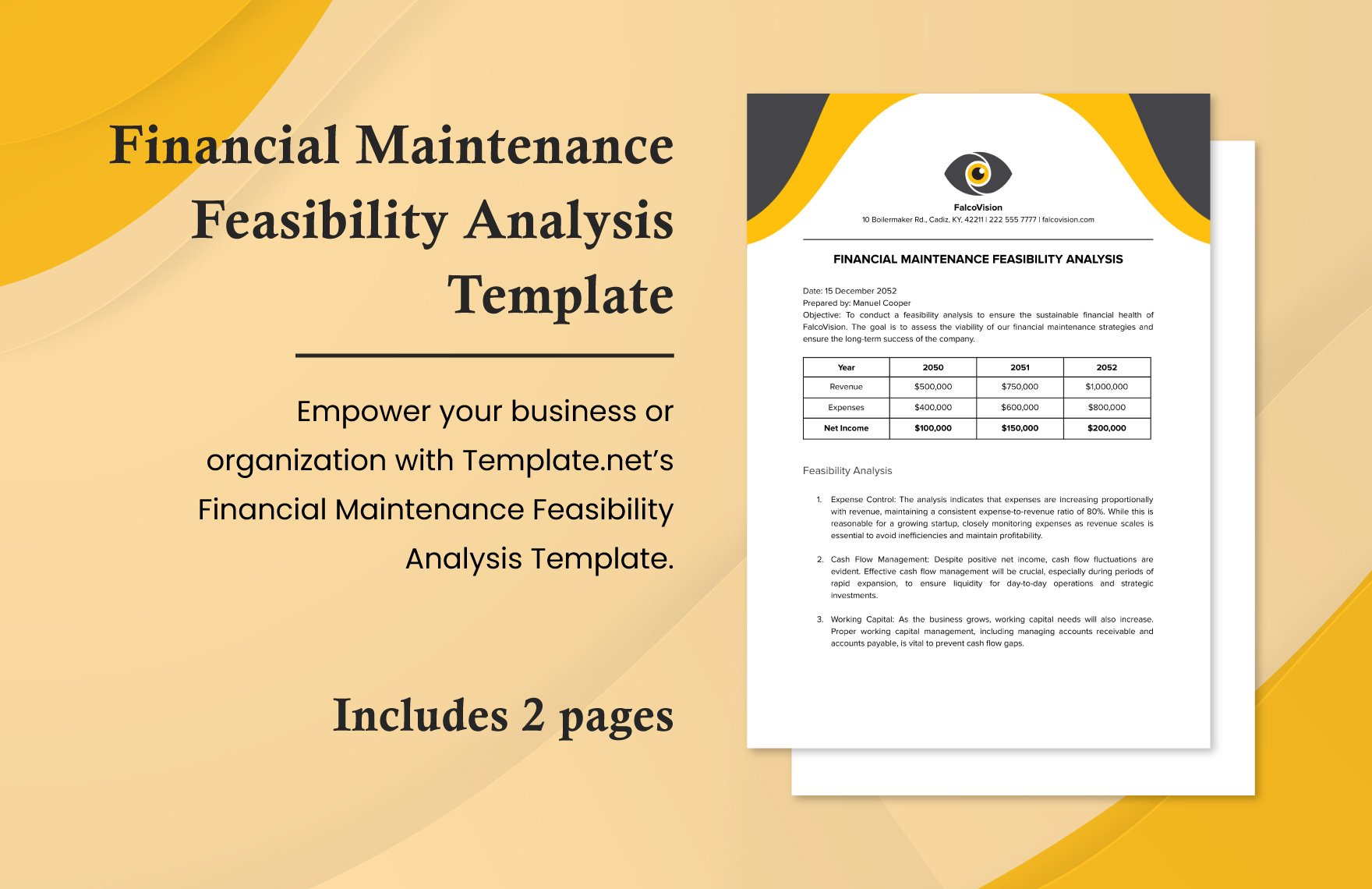
Financial Maintenance Feasibility Analysis Template

Market Analysis Template

Target Market Analysis Example Template
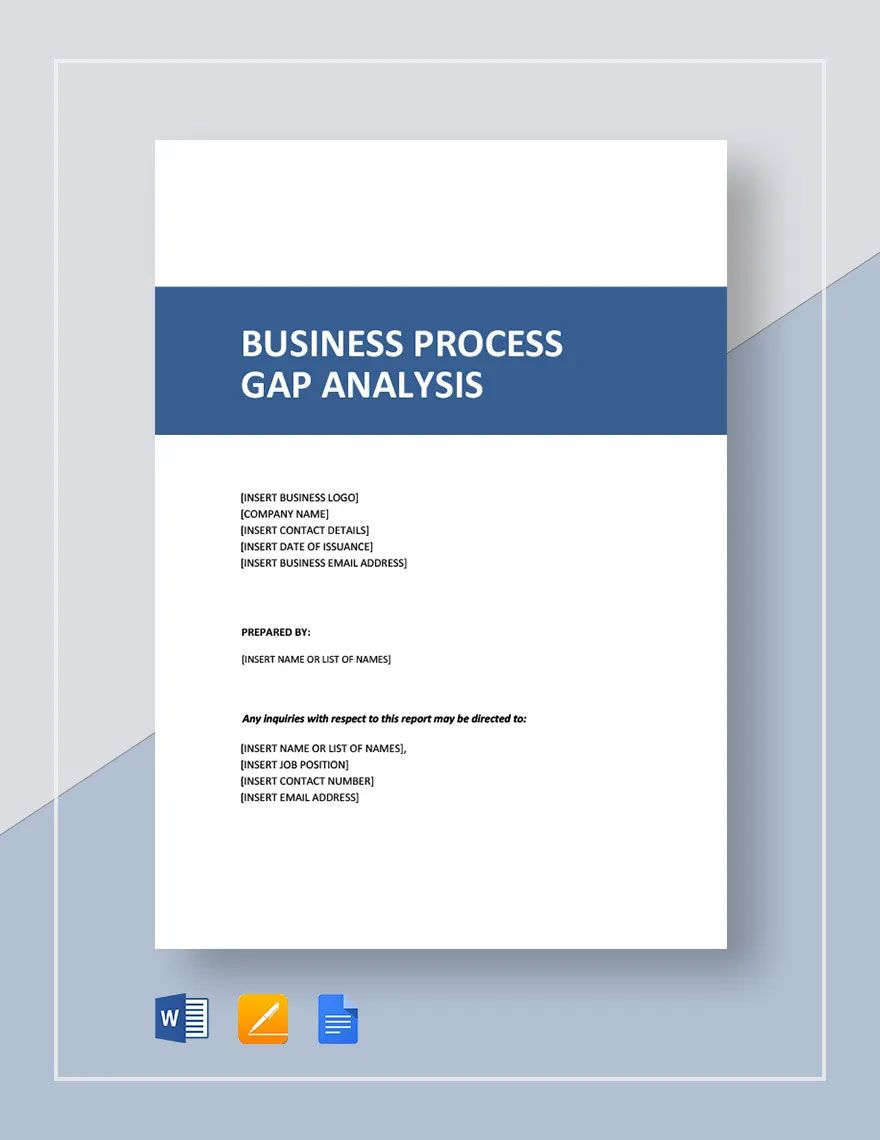
Business Process Gap Analysis Template

Real Estate Market Analysis Template

Policy Analysis Template
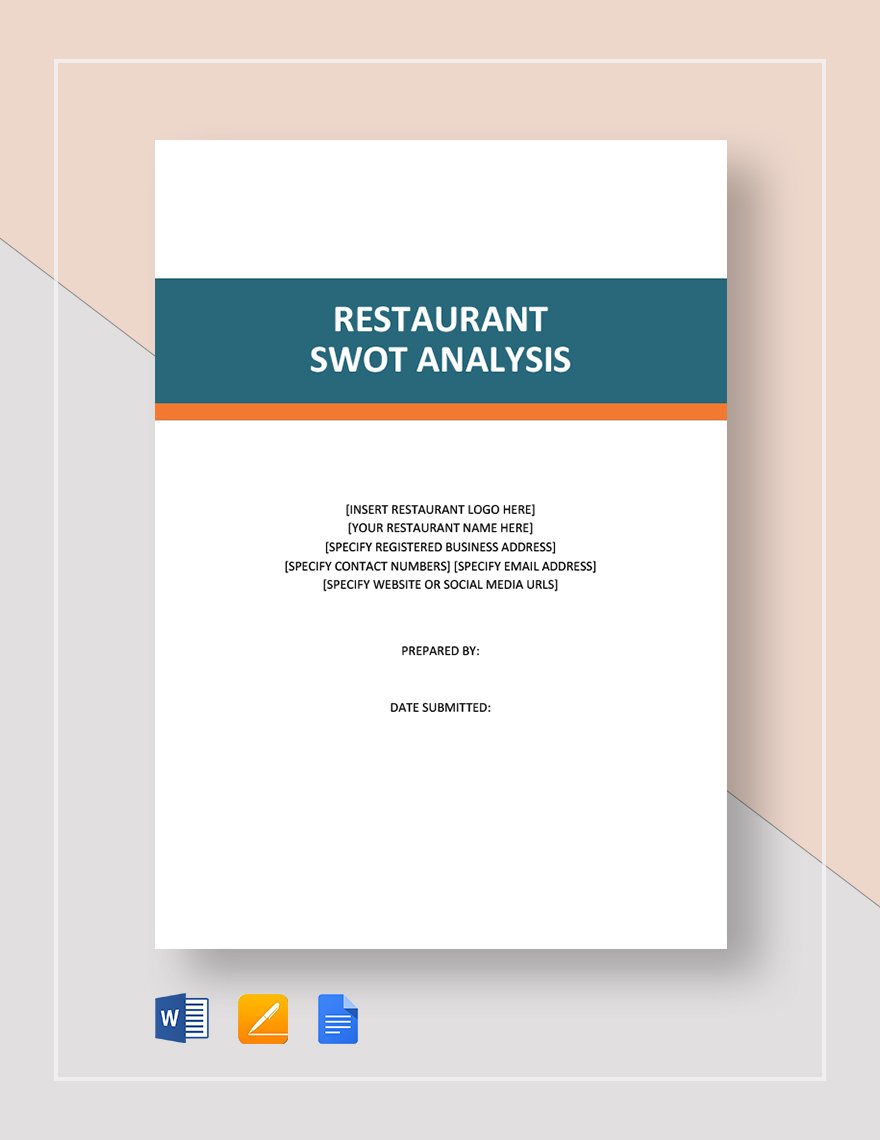
Restaurant SWOT Analysis Template
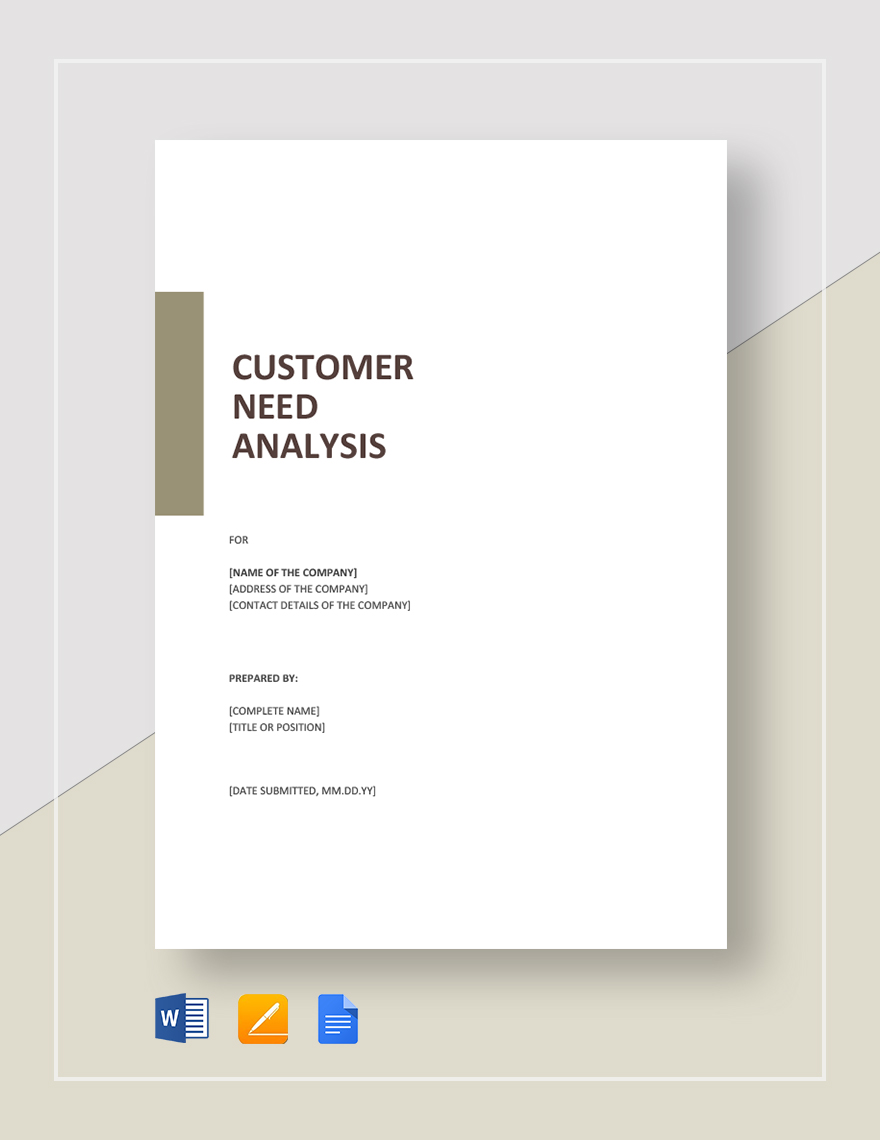
Customer Needs Analysis Template
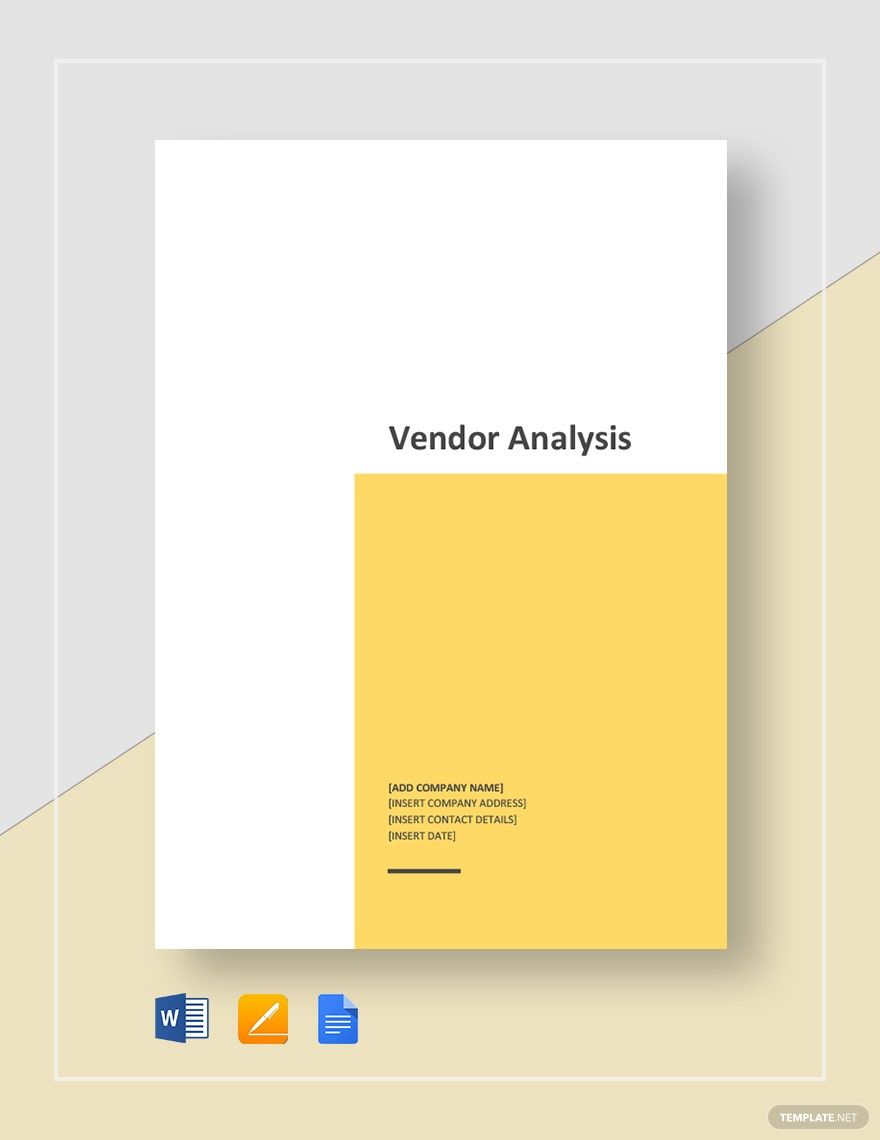
Vendor Analysis Template
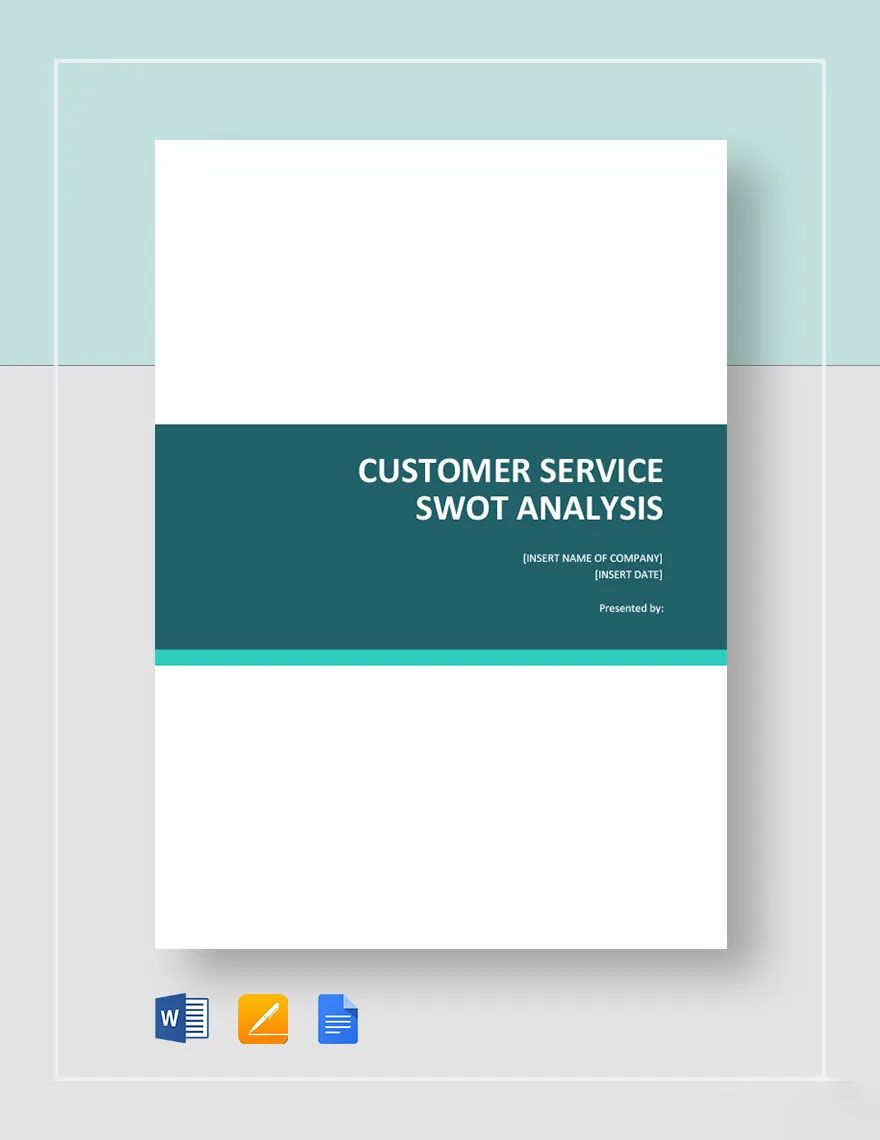
Customer Service SWOT Analysis Template
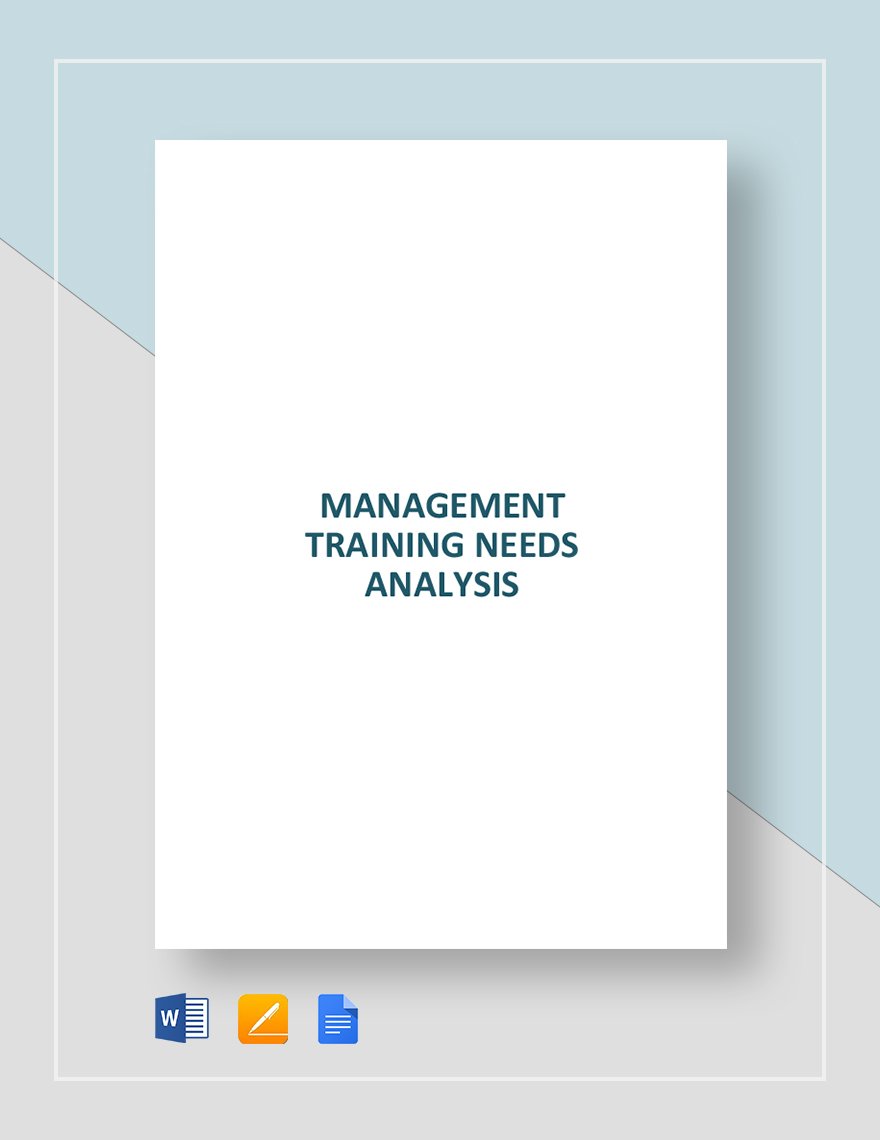
Management Training Needs Analysis Template
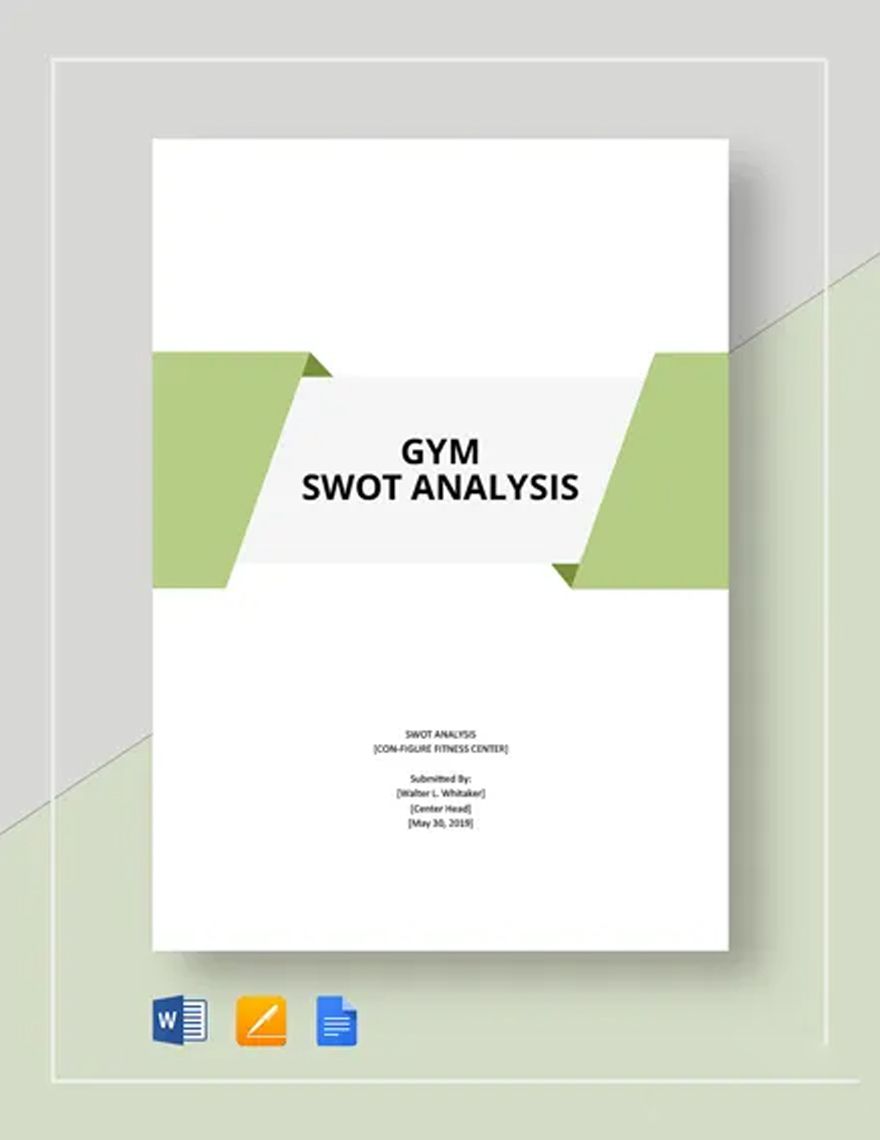
Gym SWOT Analysis Template
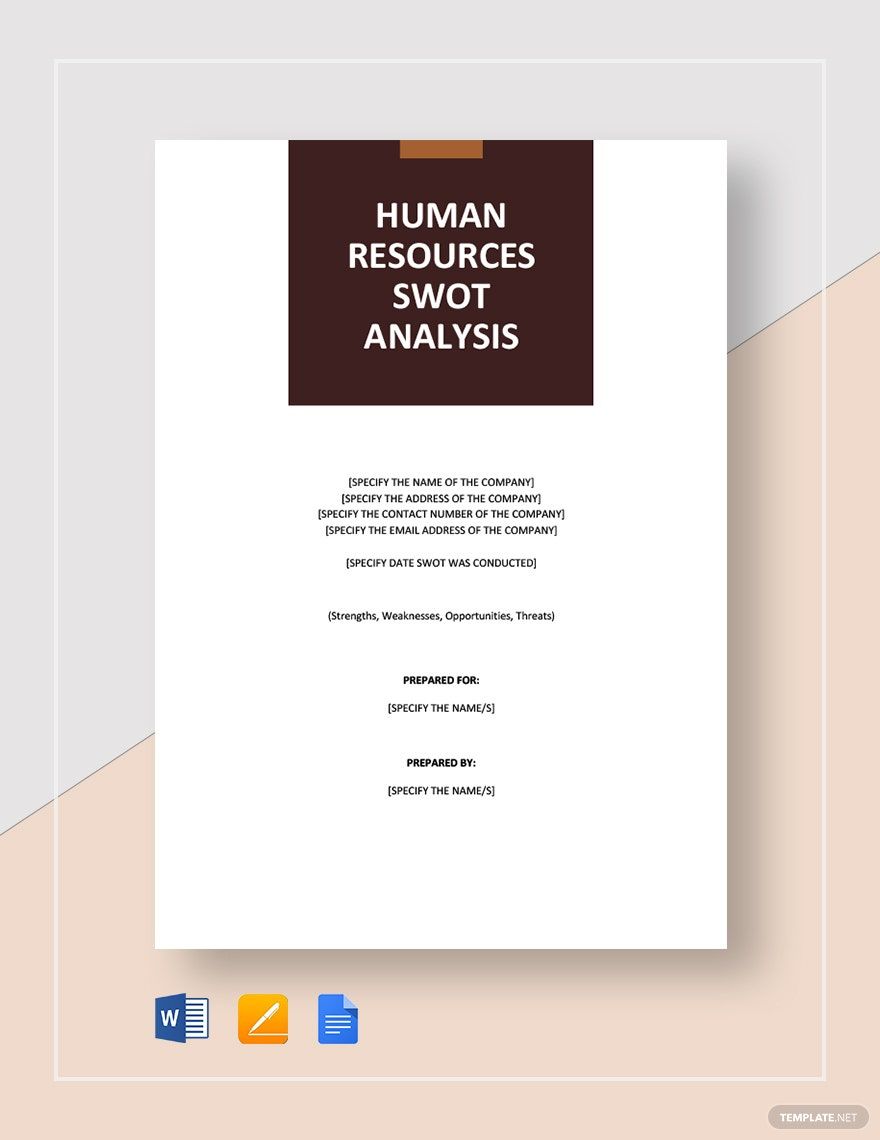
SWOT Analysis for Human Resources Template
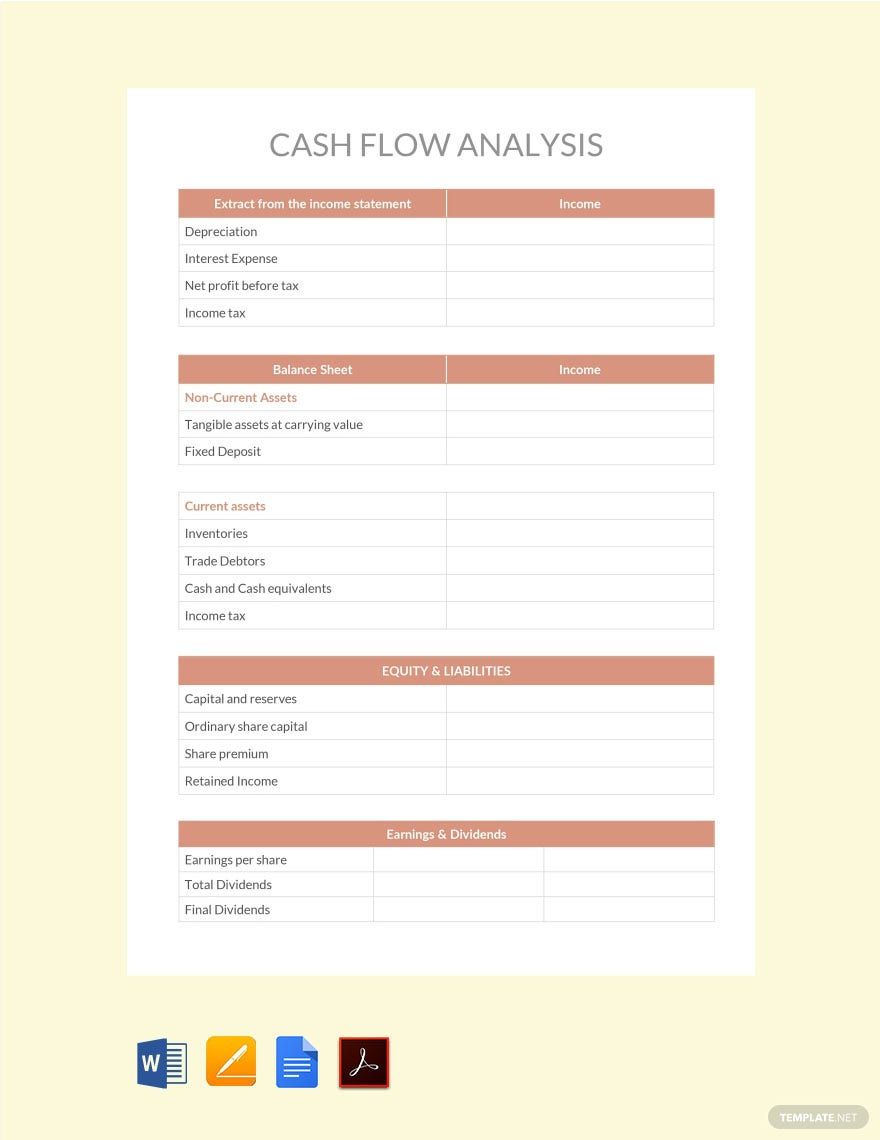
Cash Flow Analysis Template
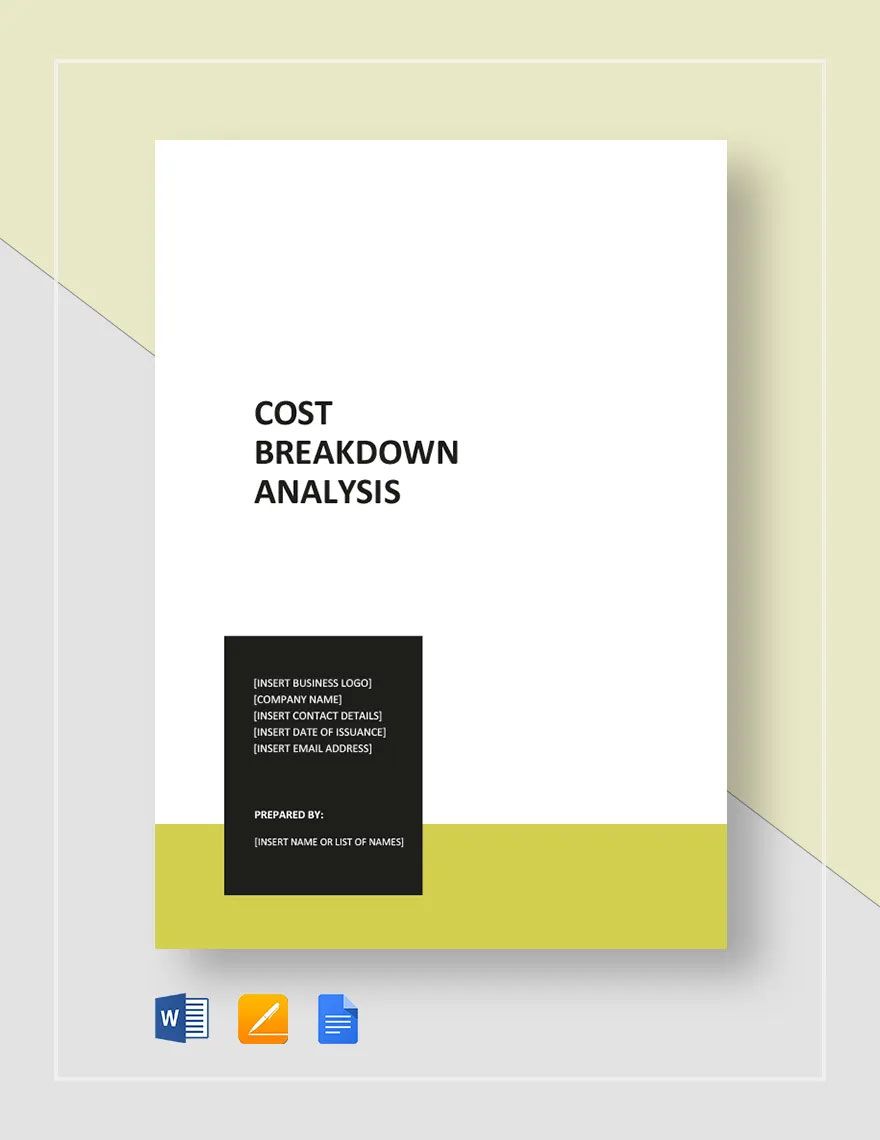
Cost Breakdown Analysis Template
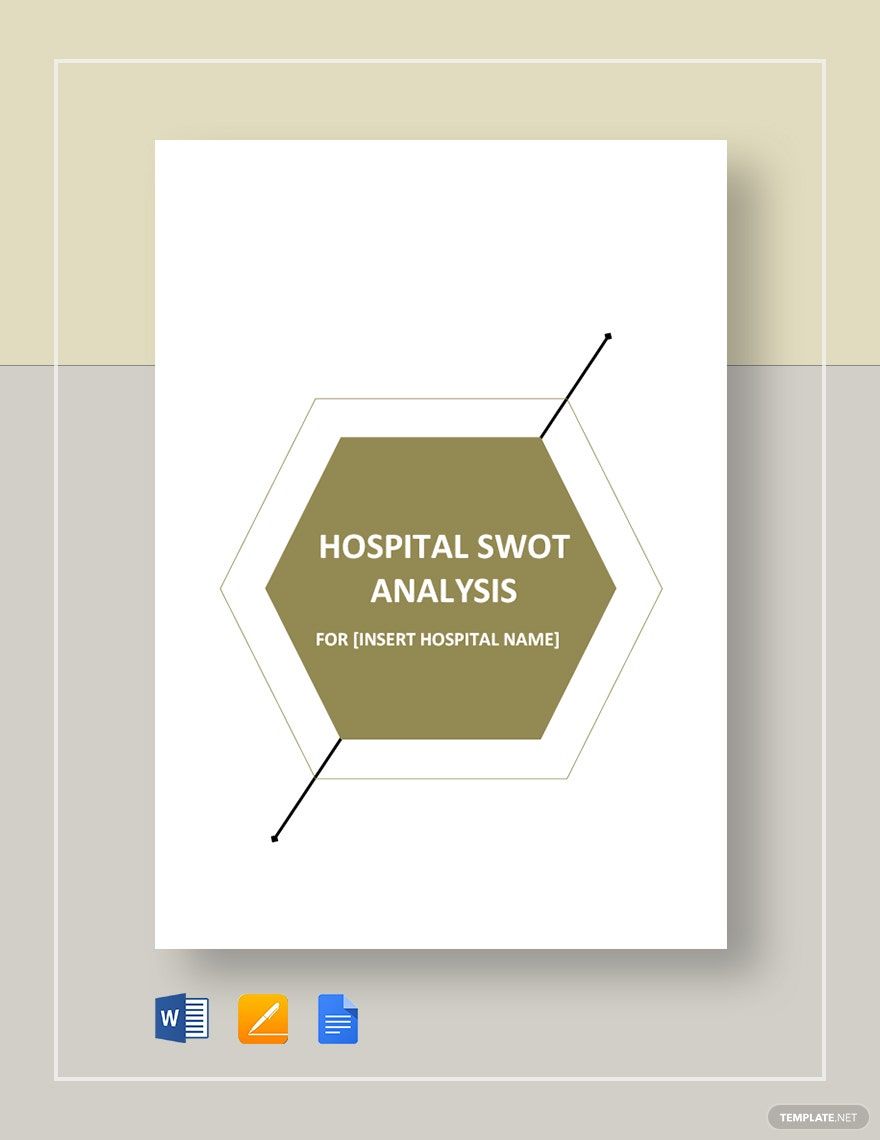
Hospital SWOT Analysis Template
Download one of our free premium templates to help you create a formal document for your company or organization. Our analysis templates are professionally designed to help the user in examining all the factors that make a project a success or failure. The files are ready-made and can be customized in all versions of Microsoft Word. Perfect to craft all kinds of analysis documents, Gap Analysis, Cost Analysis Competitive Analysis. To start once you download your chosen template, simply replace the text with your information and data. Available in A4 and US letter sizes. Download our well-formatted templates now for free!
Writing a analysis can take a lot of time for research, thought assembly, a few minutes drinking coffee and trying to figure out that one word you can't really say, but it's at the tip of your tongue, and a few more minutes giving up and writing on only to remember it halfway and re-editing your sentence. Sometimes, you've got a good flow of ideas going, and you're on a writing-spree, and other times you have no idea what to do, and in these times, Microsoft Word works well as an editing format since it makes your work easily editable throughout the process and its spelling checker saves you time during proofreading and editing. With that said, it can't hurt to have a bit more knowledge under your belt in writing your analysis, so here are a few more tips for you.
When writing a business analysis on any topic, ask yourself a straightforward, yet important question; "As a business analyst, what can I do to improve the state of my company?" Are you trying to make a competitive analysis? Or a Marketing analysis? Maybe your task is to focus more on your business, so maybe a business analysis or marketing analysis? Before you begin drafting, make sure you know where you want to end so you can start from the beginning. Here's a fun fact; professional business analysts are required to not only understand the inner workings of the company they're working for but also set a target of what they want the company to realistically become in the future through projects, product proposals, partnerships, etc. — which are successfully achieved through great analysis reports.
Knowledge about the market analysis and its cycle, what's trending, what's viable but slowly fading out, and what the seasons bring and push off helps established the state of the market in your analysis. You can do this by having a market cycle or a pattern of the market for a set amount of time. For example, during the holiday seasons like Christmas and New Year's Eve, what is the most in-demand at the time? Or during the summer break? Or spring? Or on the 4th of July? Having solid data on the market flow gives you an advantage on what to sell, what doesn't sell as much, and how you can capitalize on the seasonal trends set.
Have you ever heard of the saying, "keep your friends close and your enemies closer?" When making an analysis, it's a good idea to observe the competition and see how they market their products and services, in what way, and is there a pattern they follow? What is their business plan? Do they advertise their beer and swimwear to college students during the summer break? Or maybe to mothers during the back-to-school rush? Knowing what your competitors do allows you to copy what they're doing right, make a few adjustments to fit your business brand, and maybe even surpass them with their pattern. Do not underestimate what you can do with this knowledge.
Terms like "root cause" and "cause and effect" come into mind when trying to compare and contrast your company and it's advantages and disadvantages in your analysis. When making a sample analysis, you have to be objective and, even though you love your company so much, you need to keep it professional. Do not be afraid to point out what you are doing well, what you are doing poorly, and what can be improved on since small skill adjustments can have major impacts in the future.
Finally, use only the data you know is true and reliable. In your research (which I hope you're doing to make an analysis), you will find vast quantities of knowledge — do not fall for this pit trap, you need to finely comb out everything that is unreliable and use only the information you got from reputable sources to give your analysis the highest chance of success.